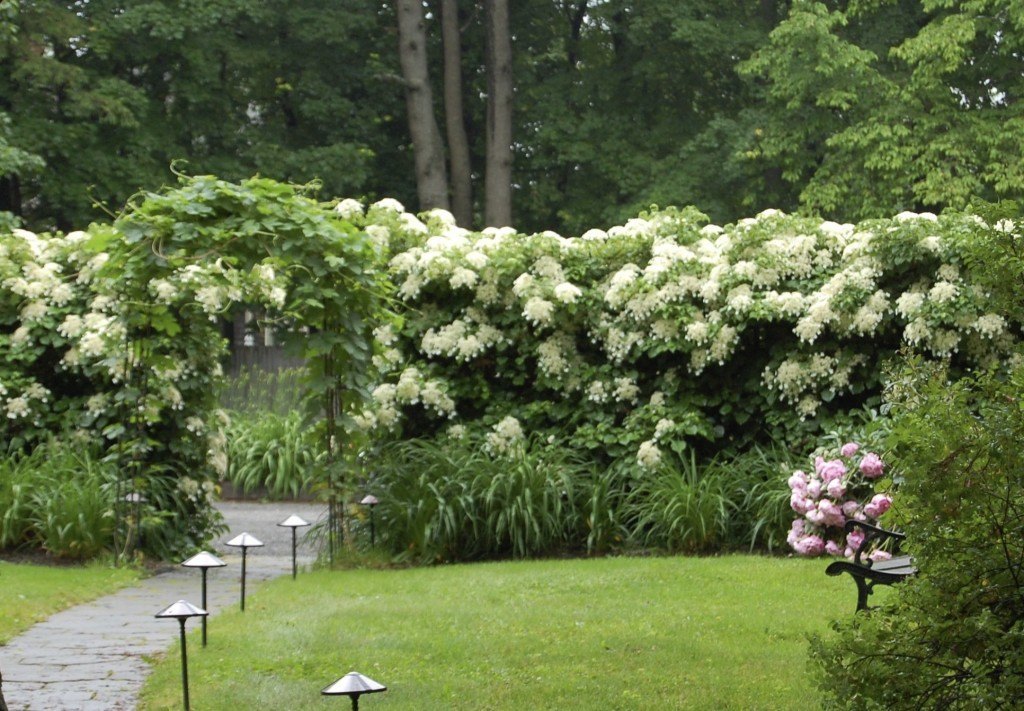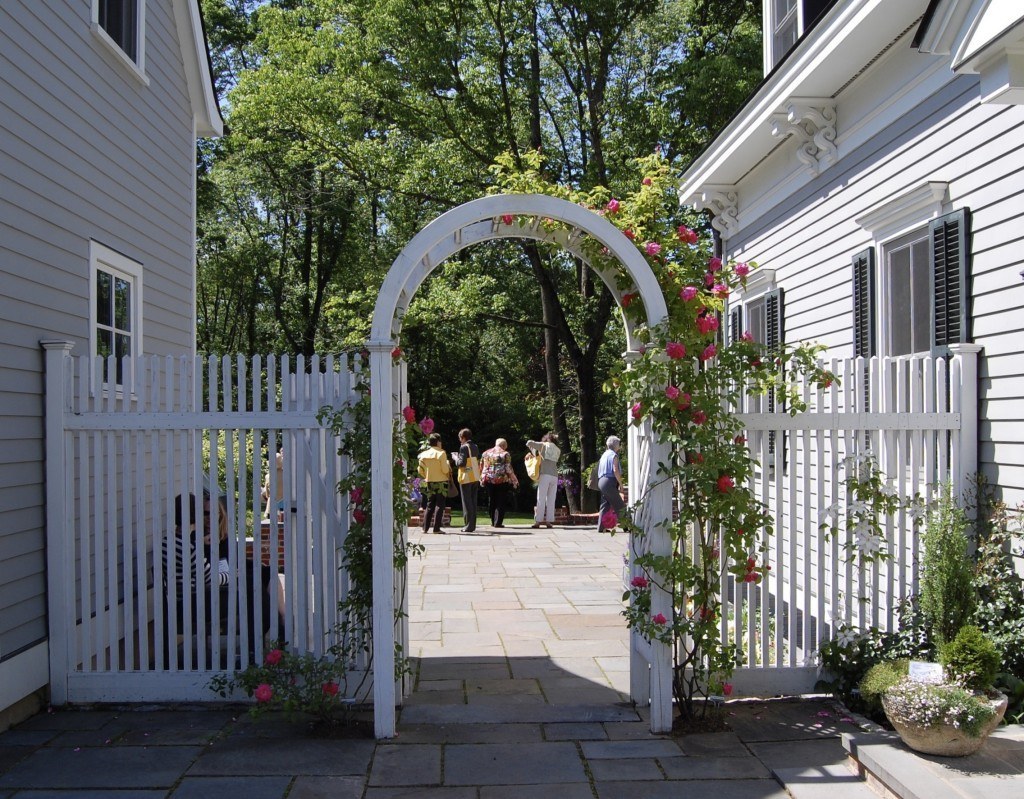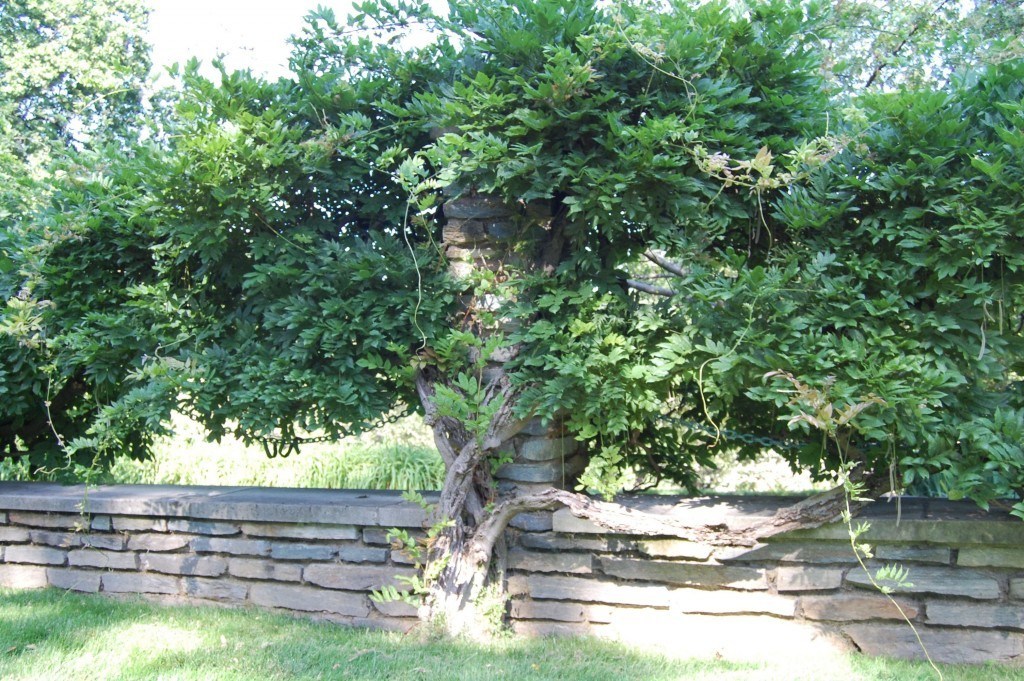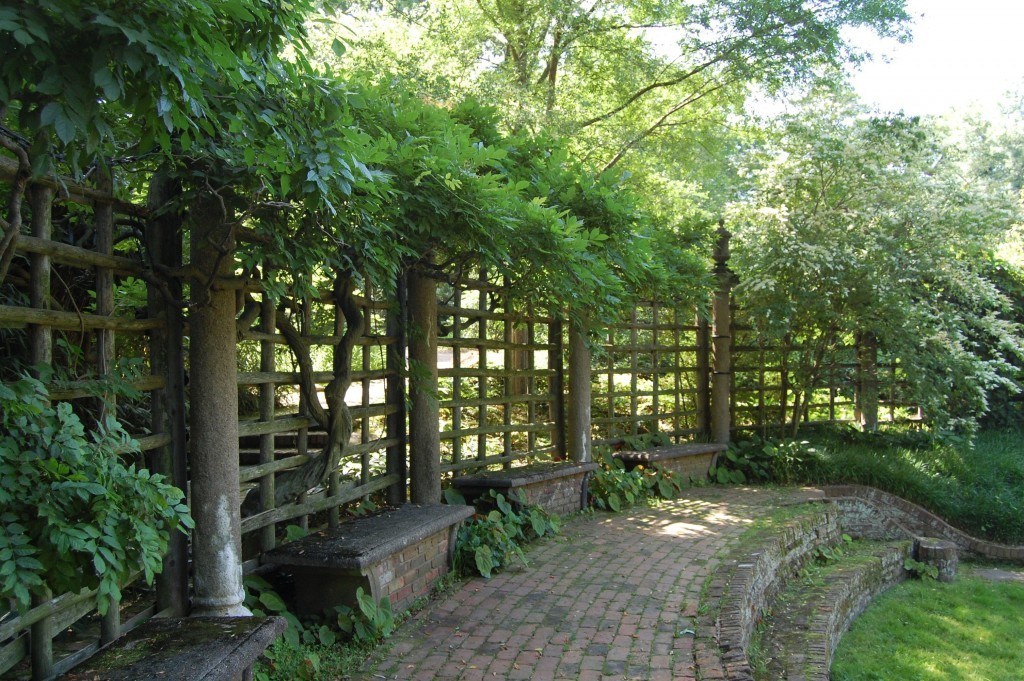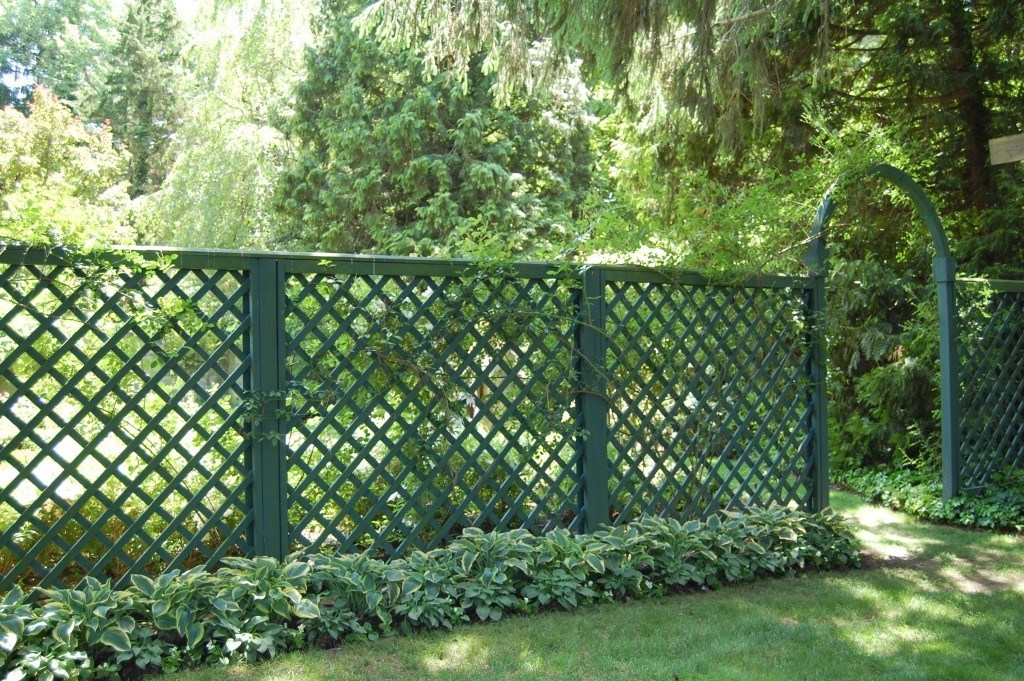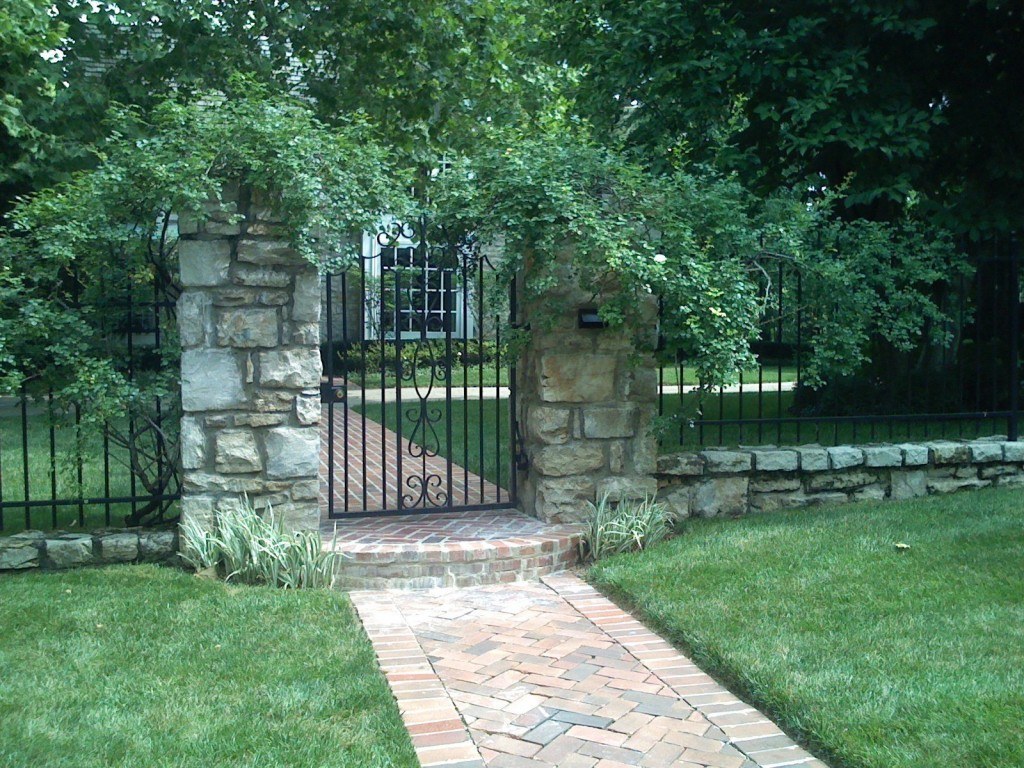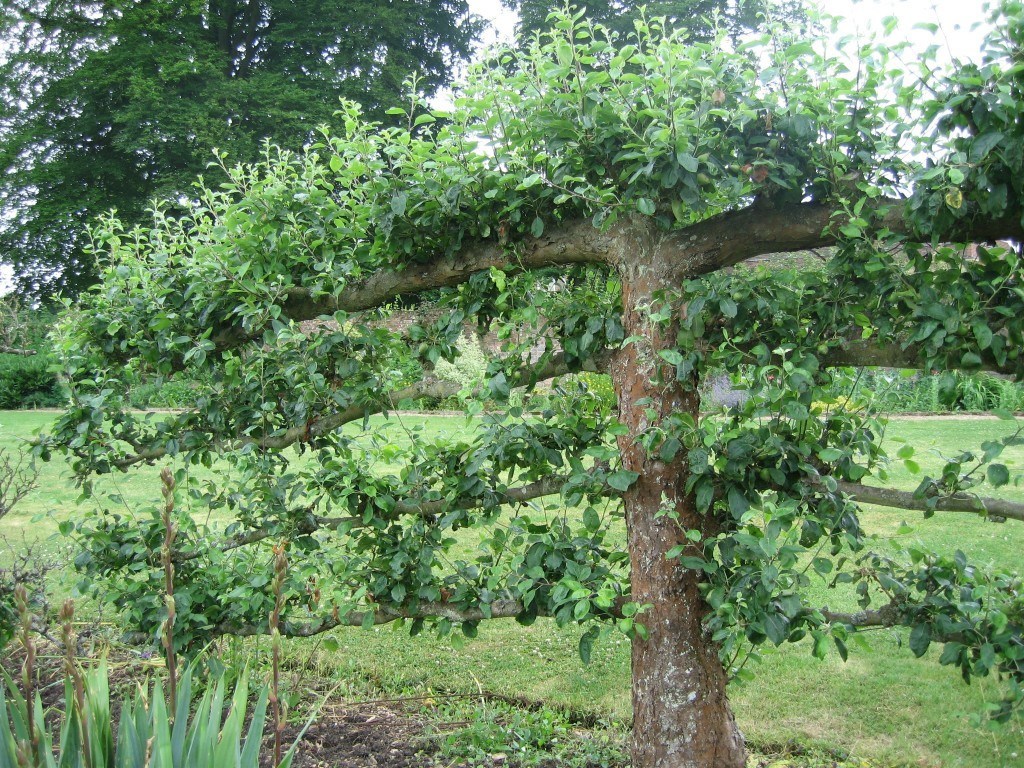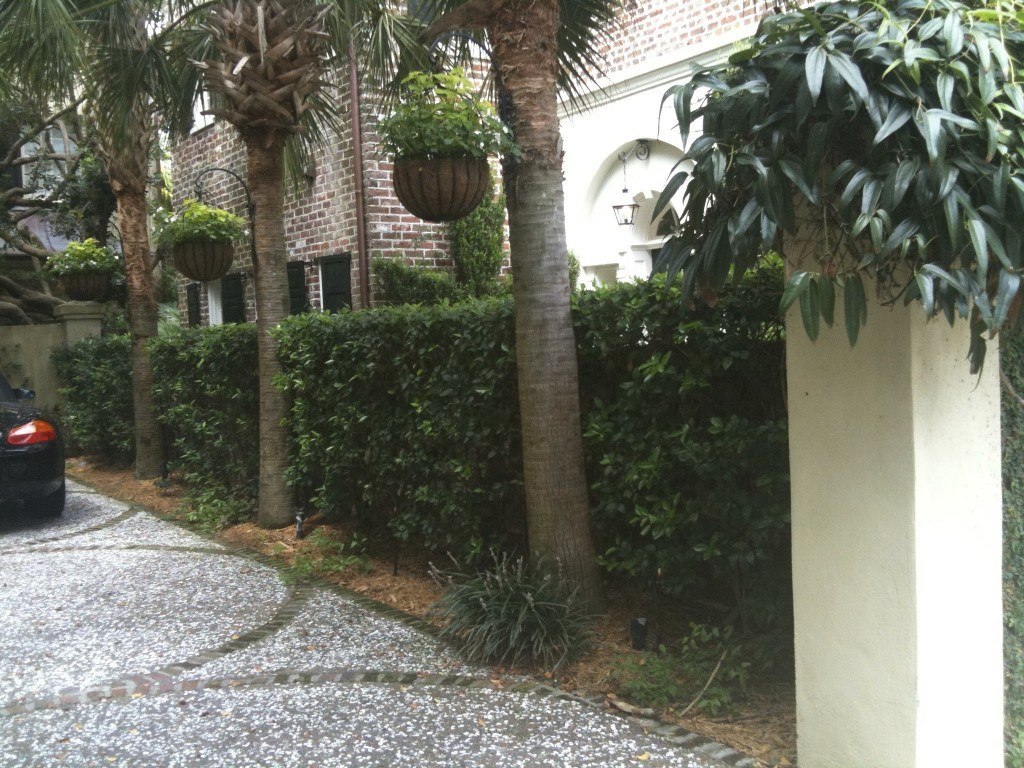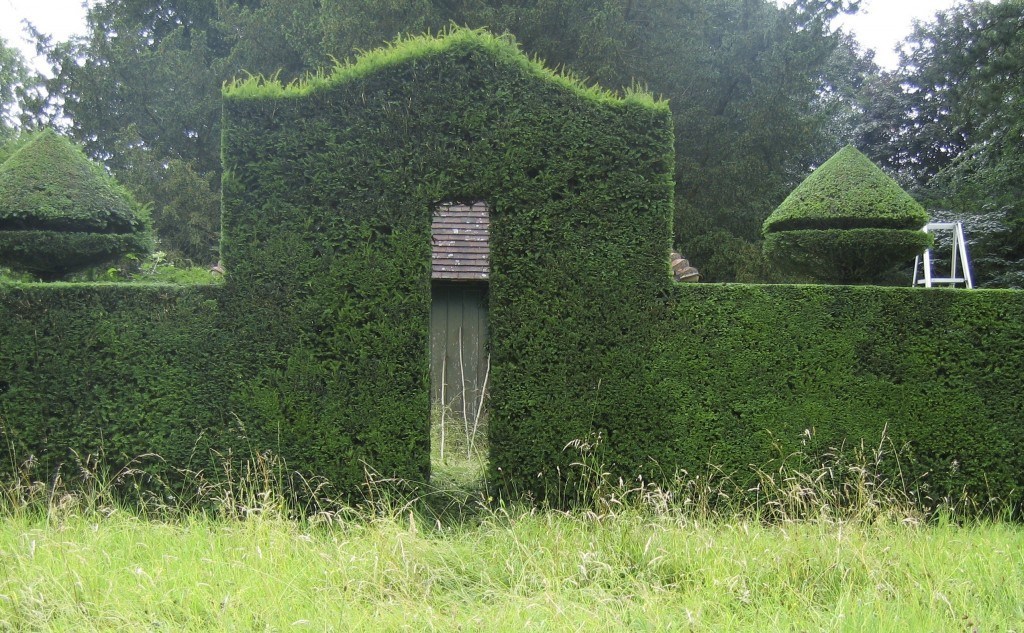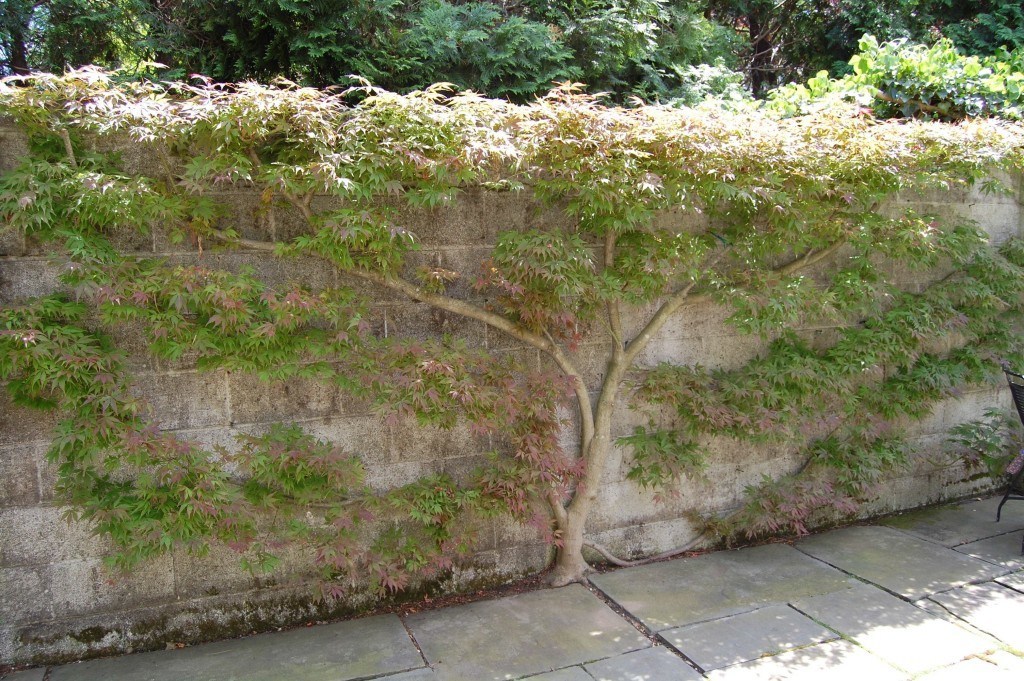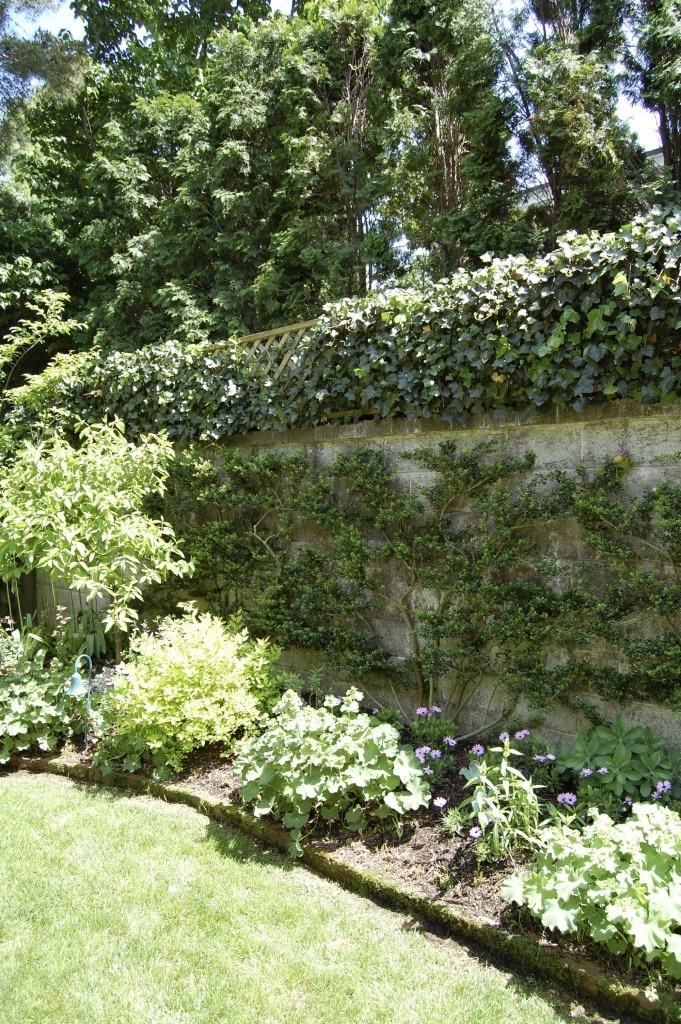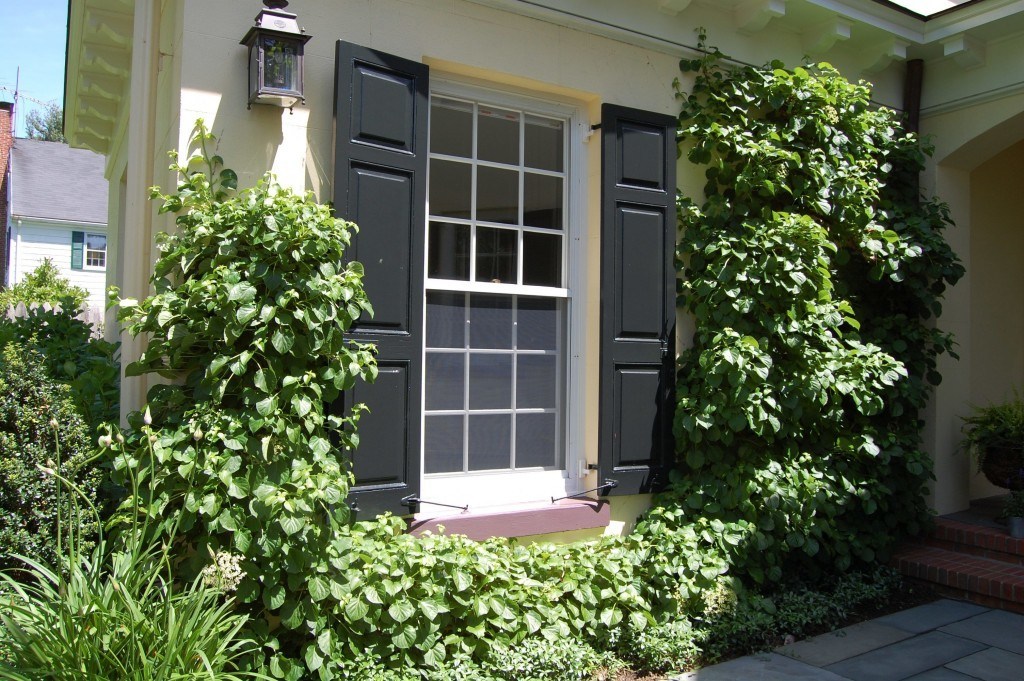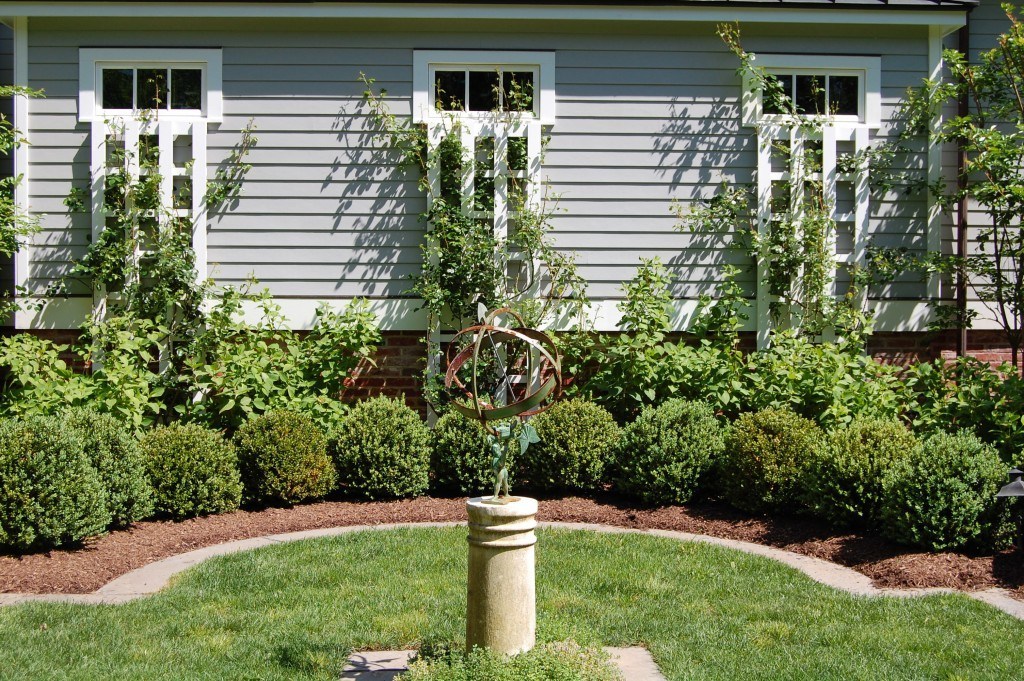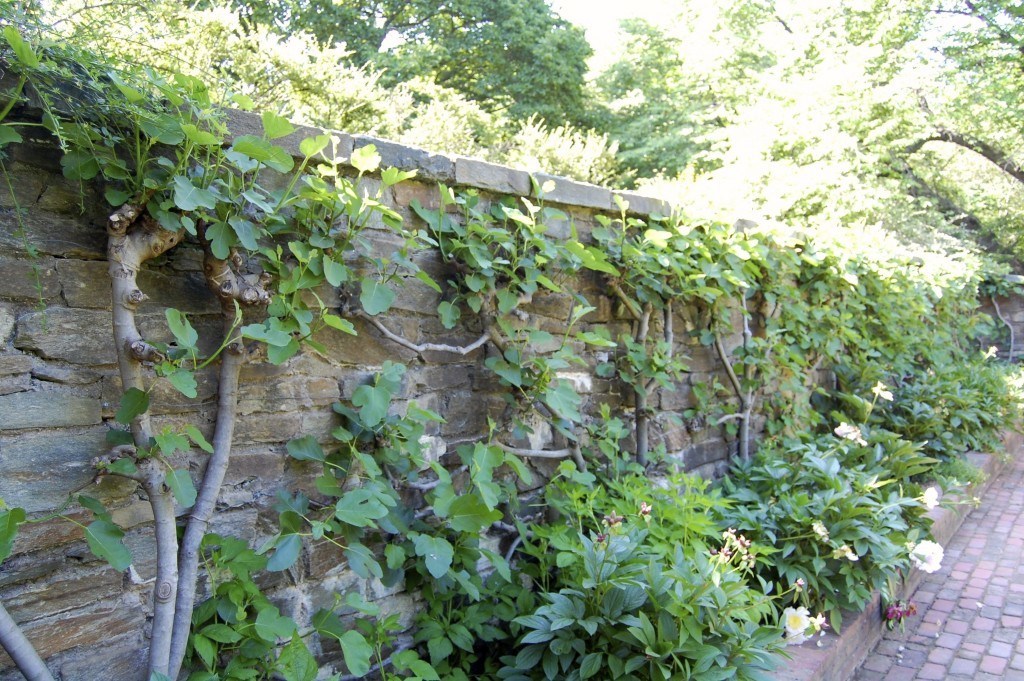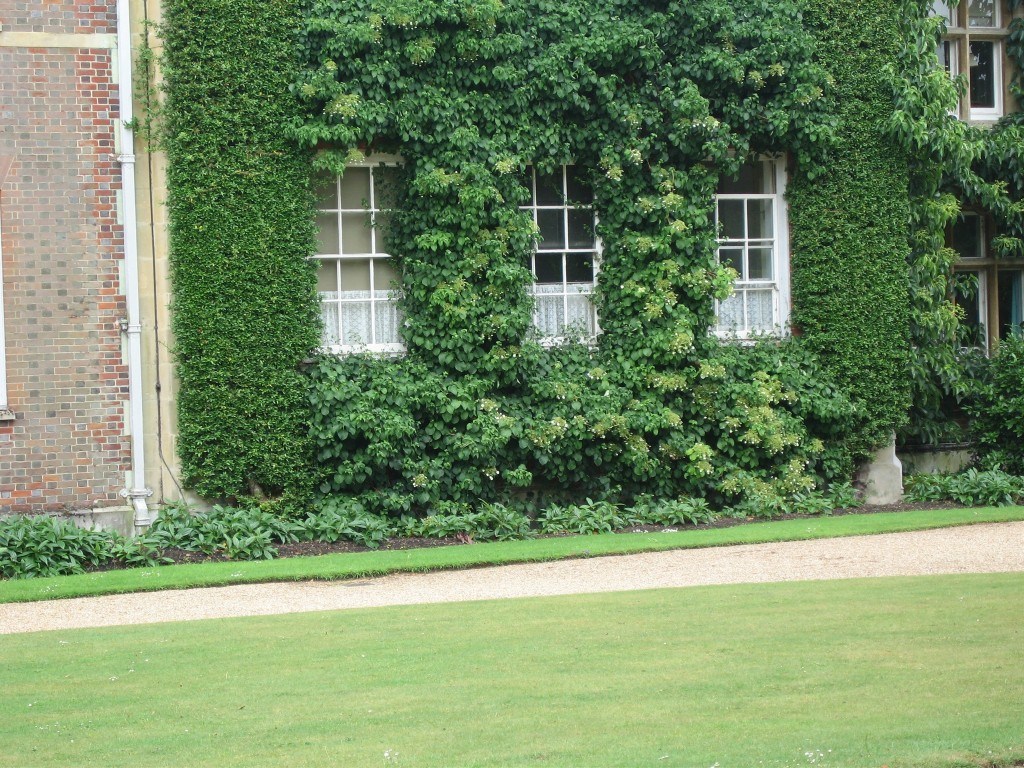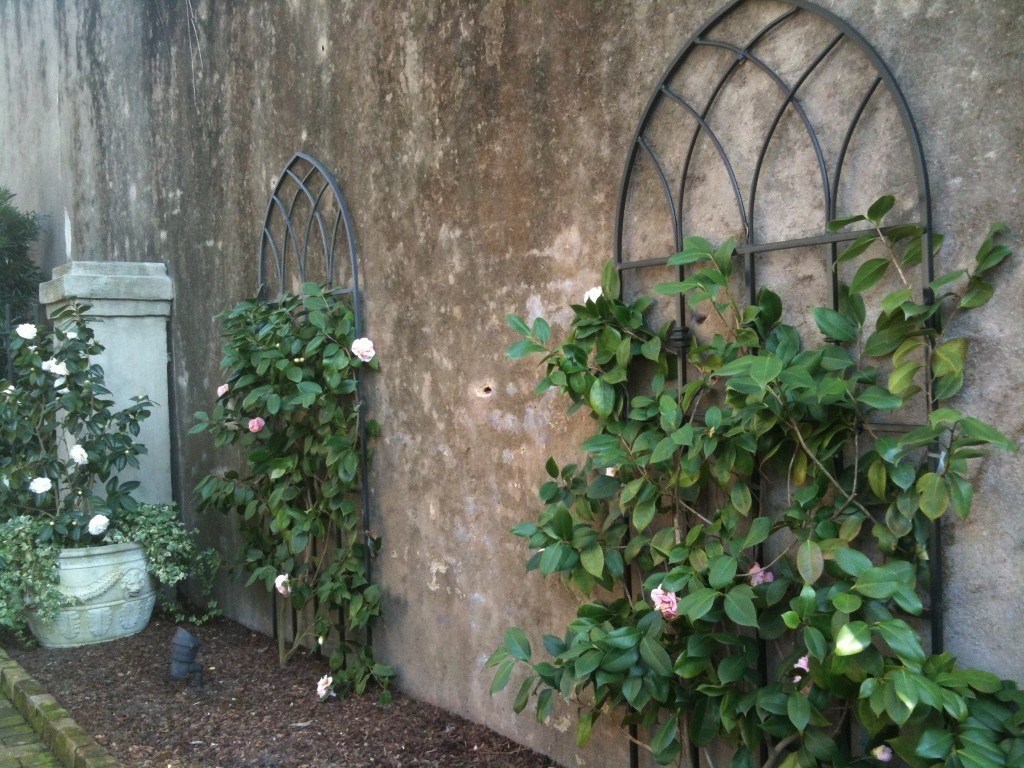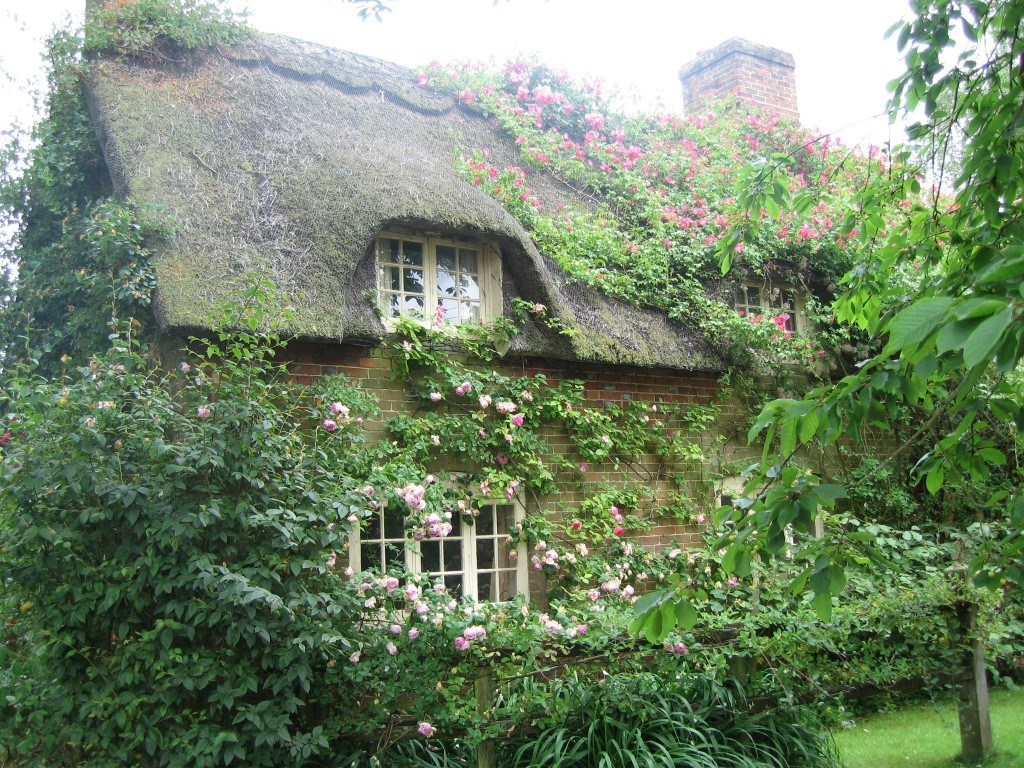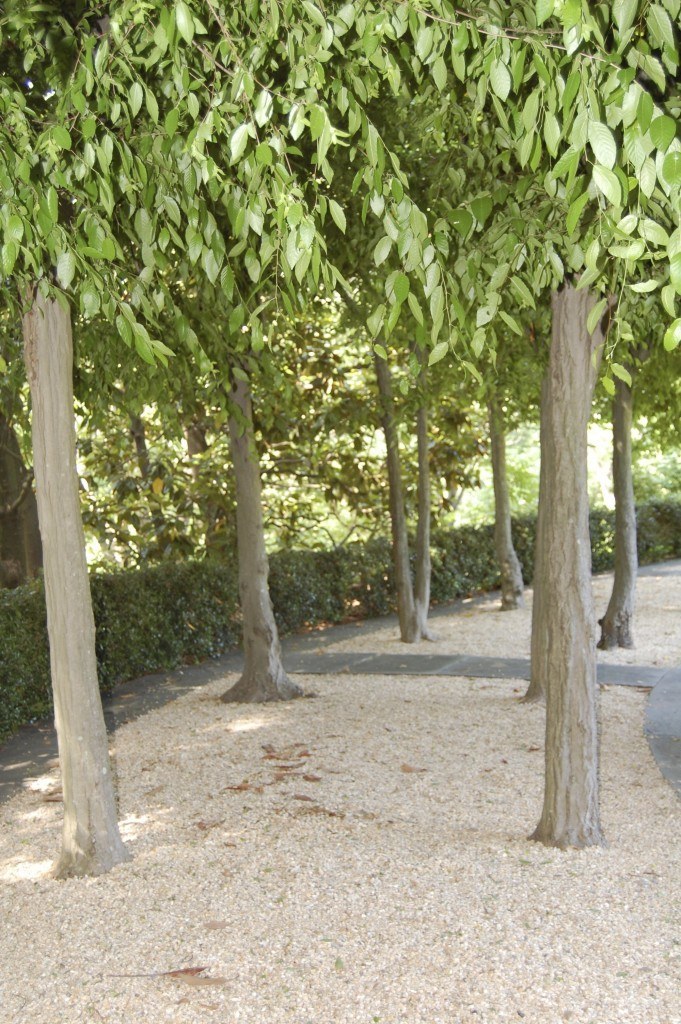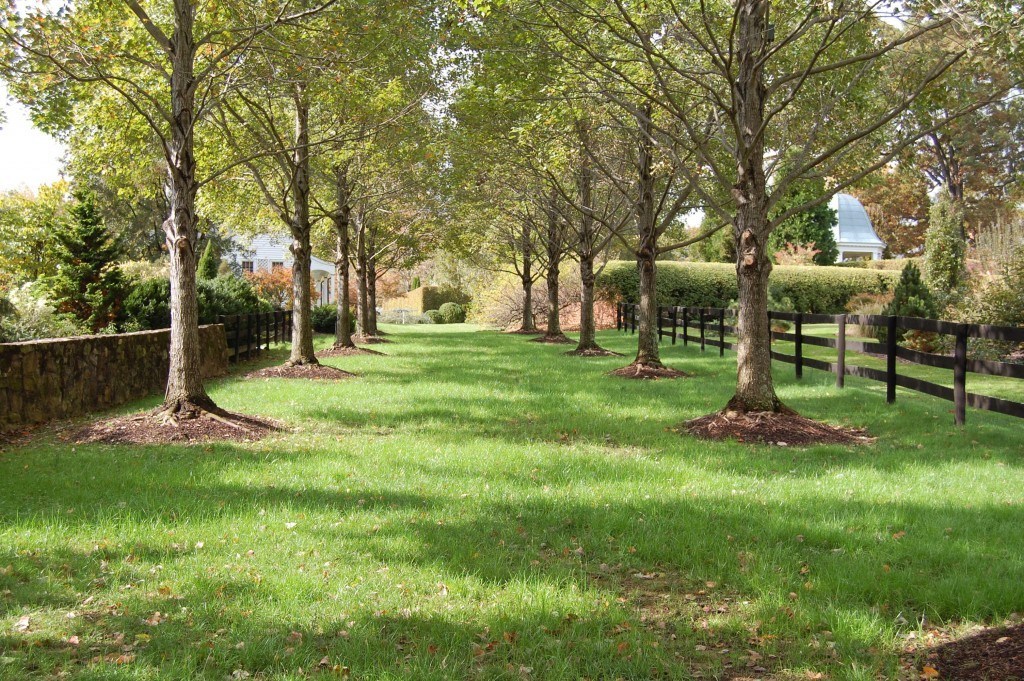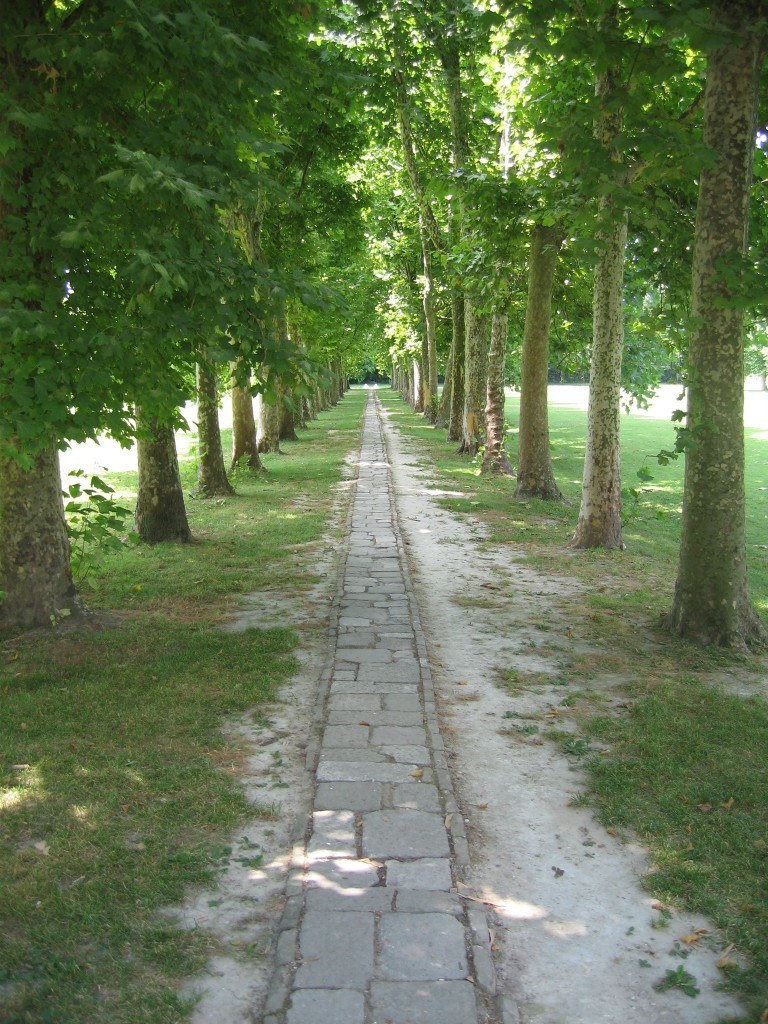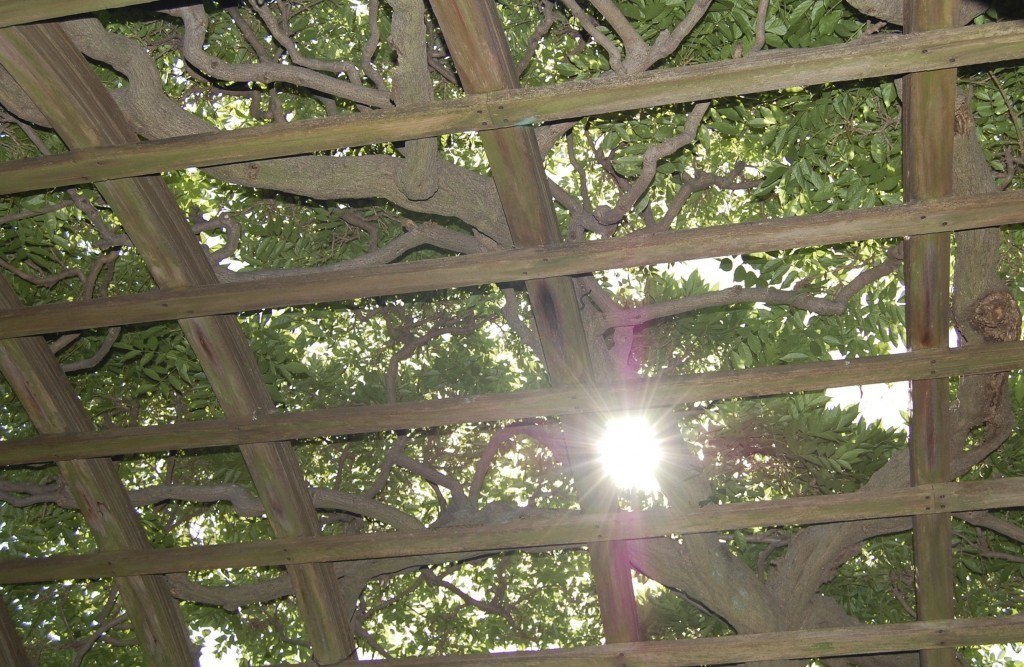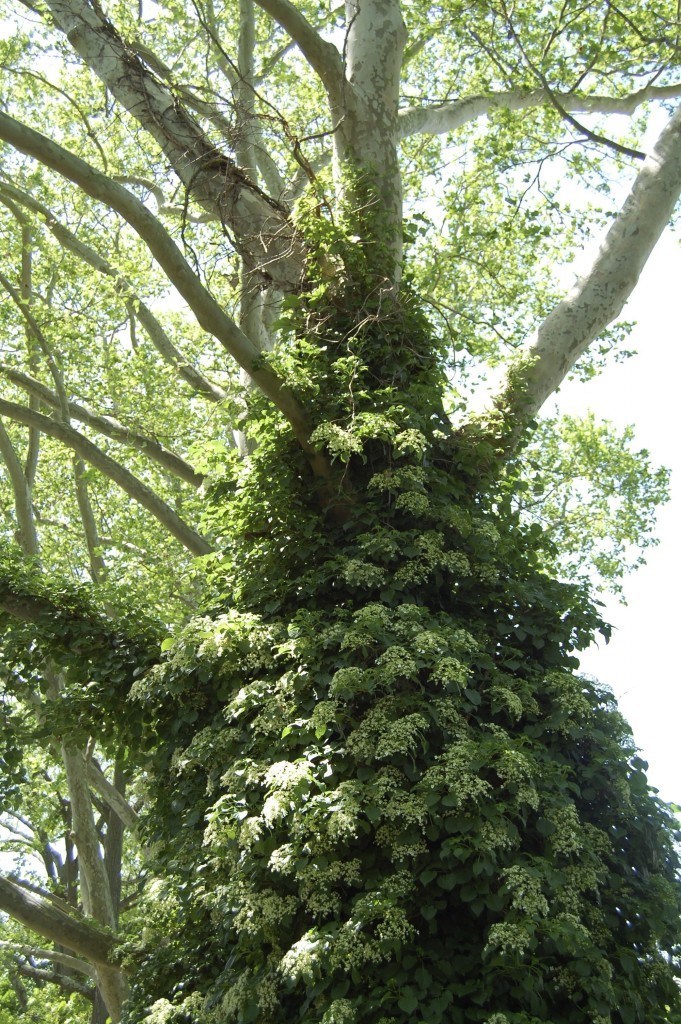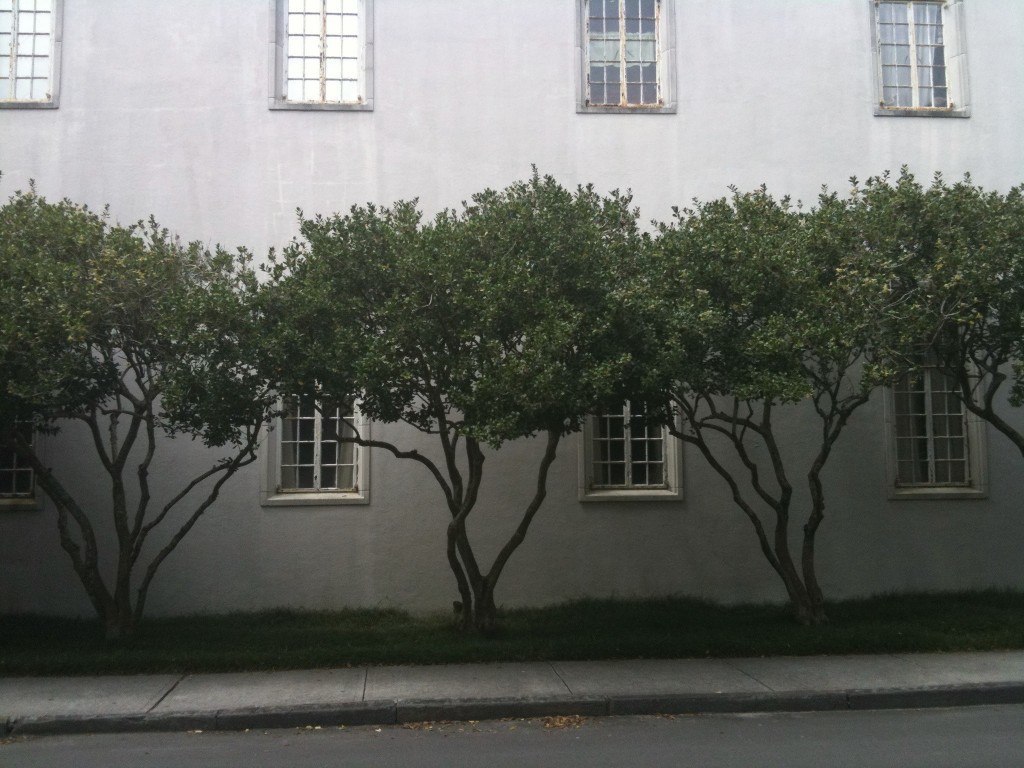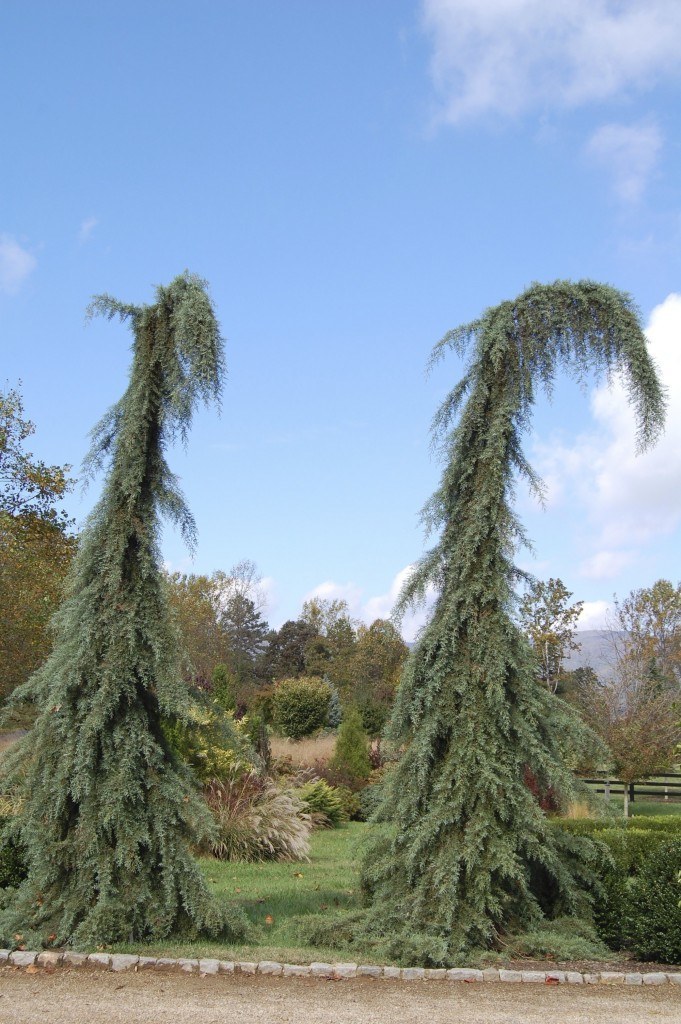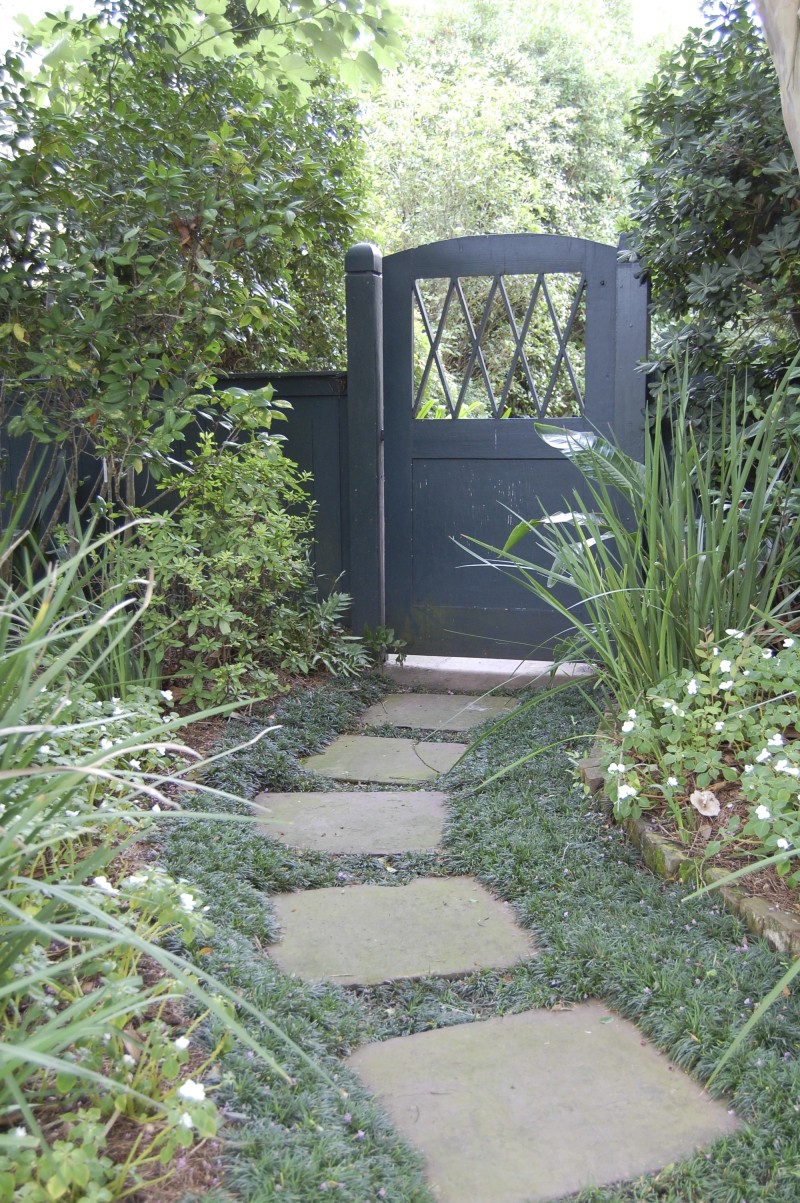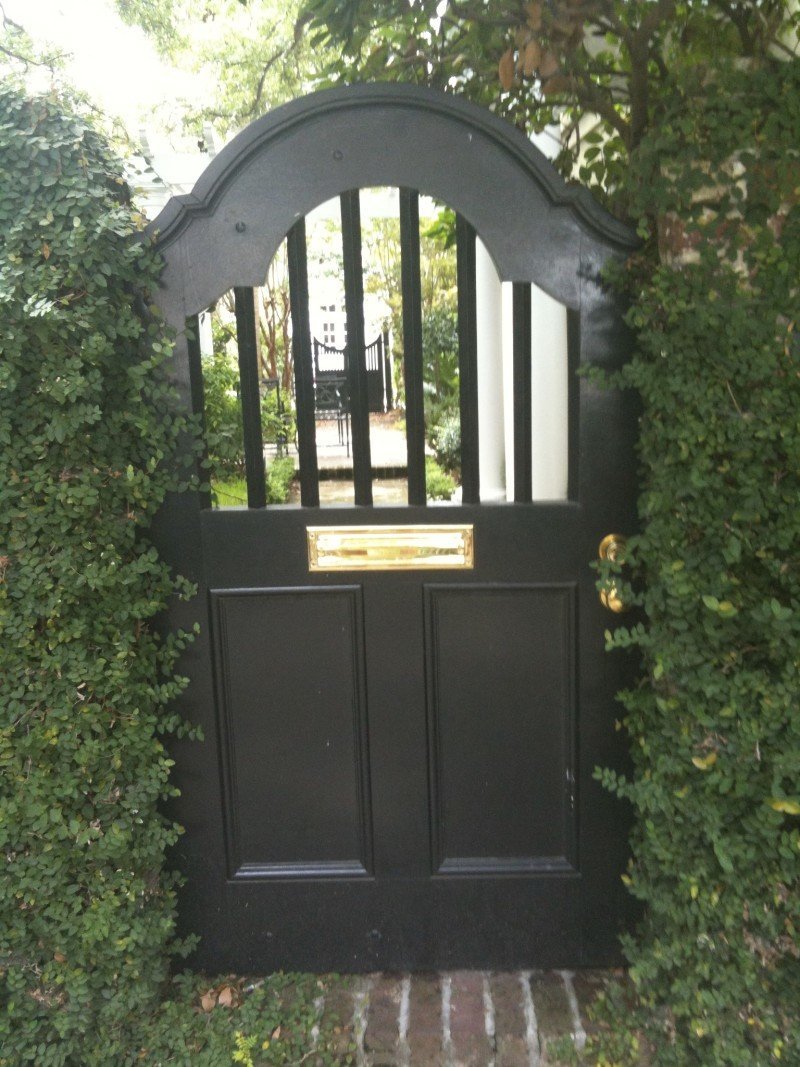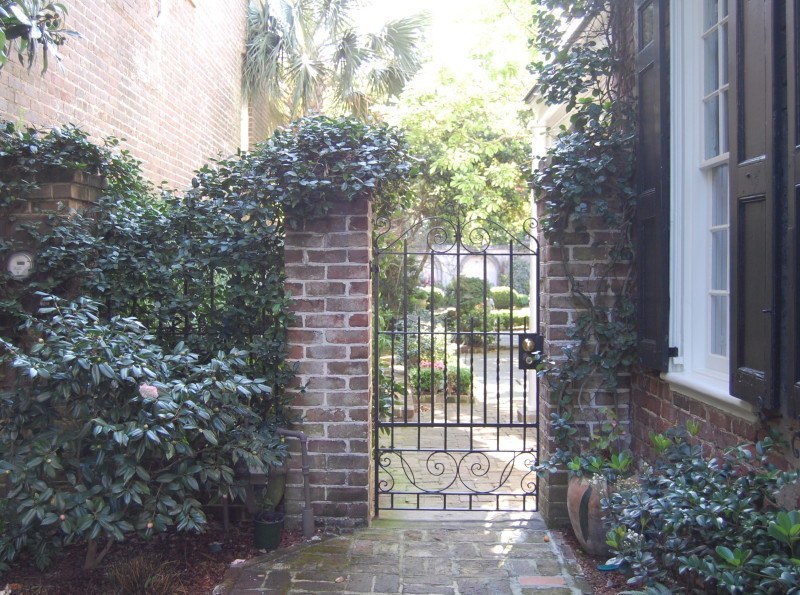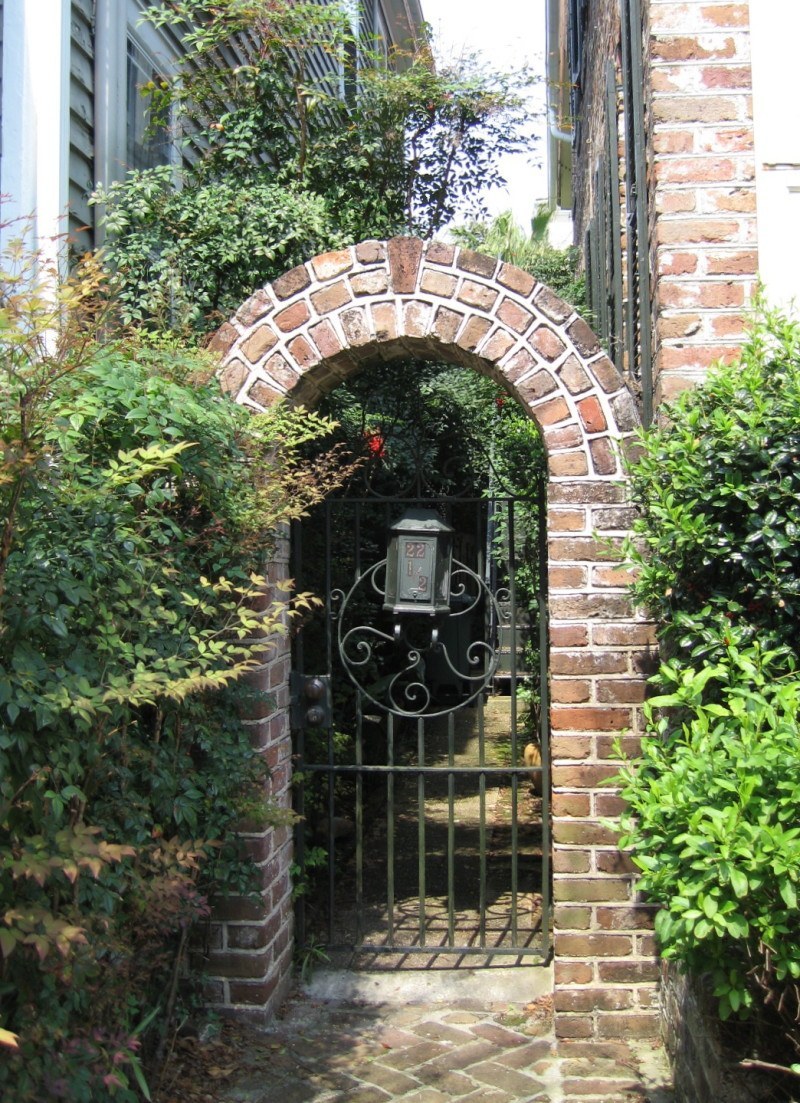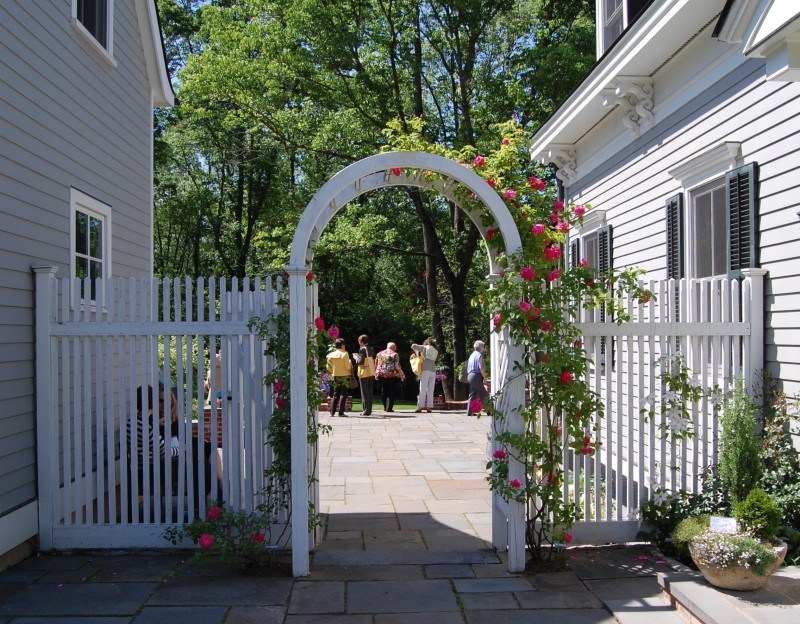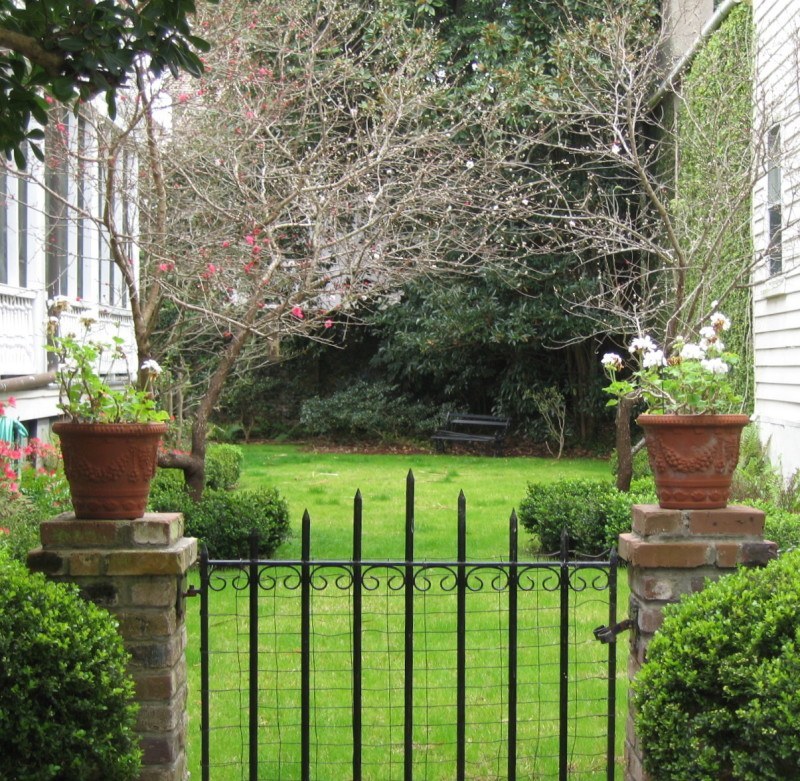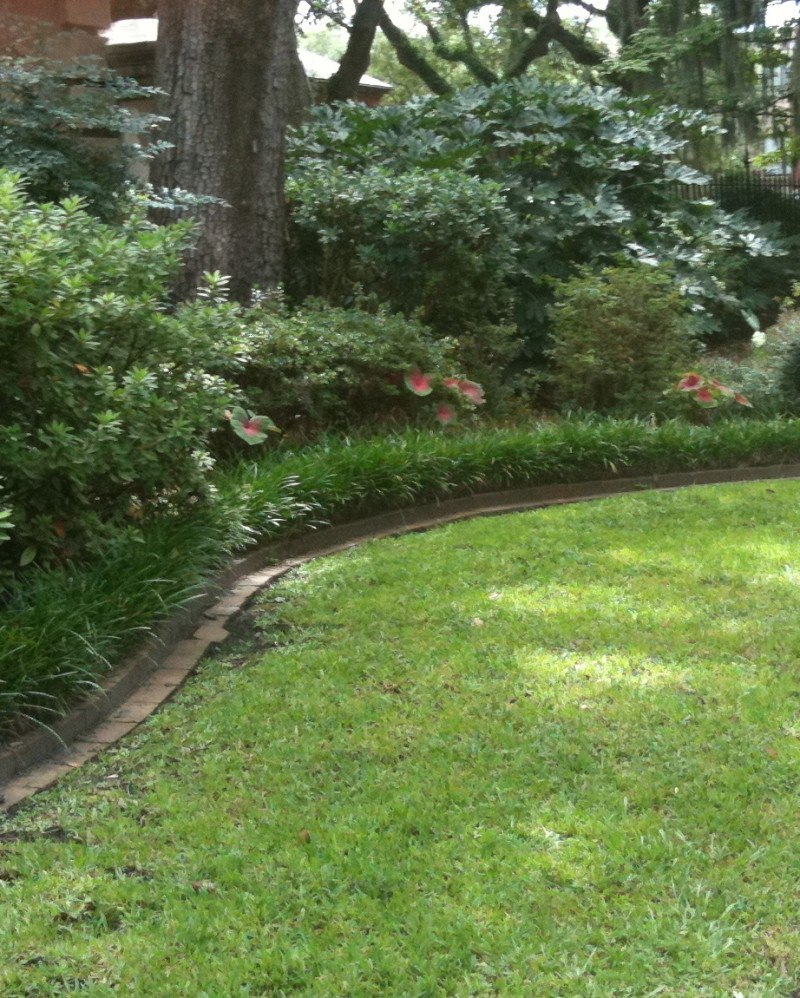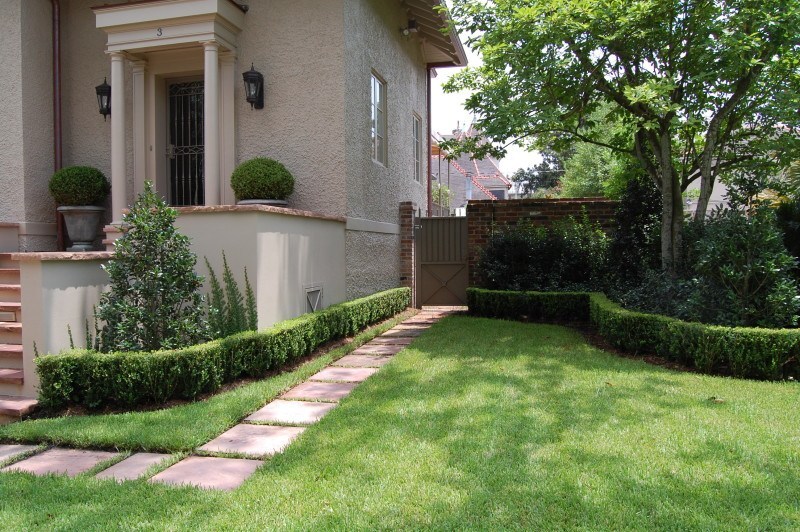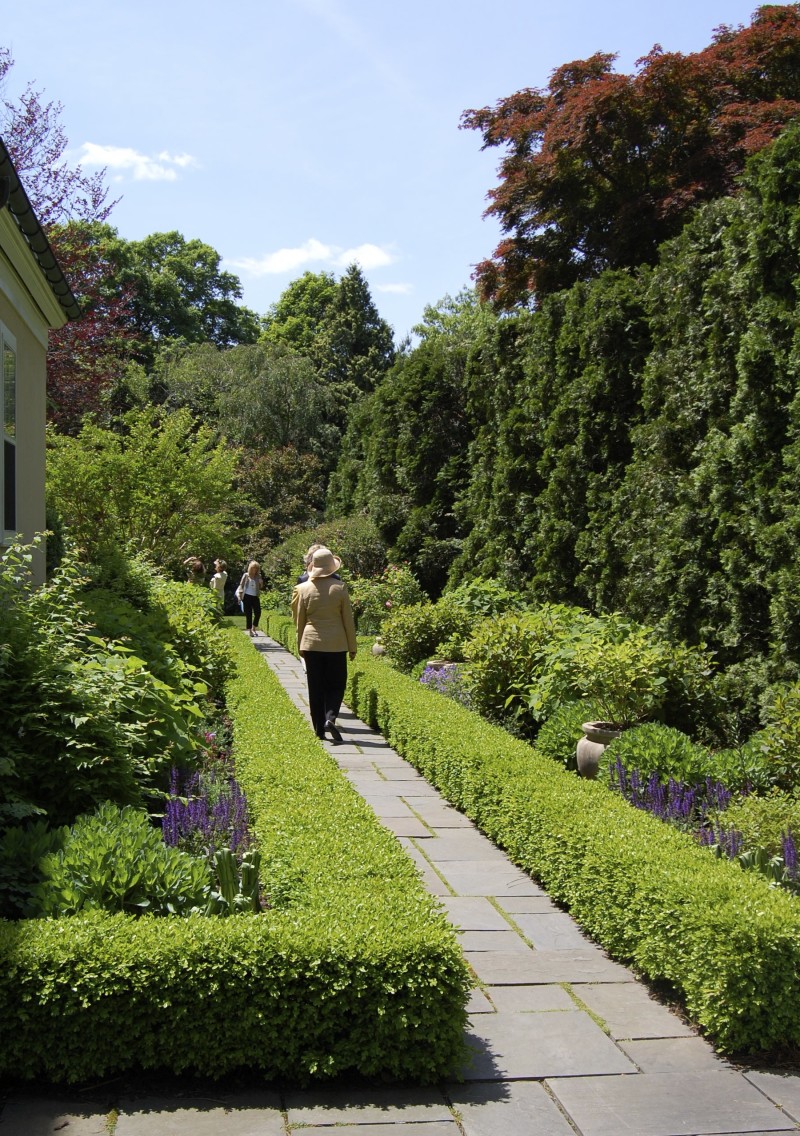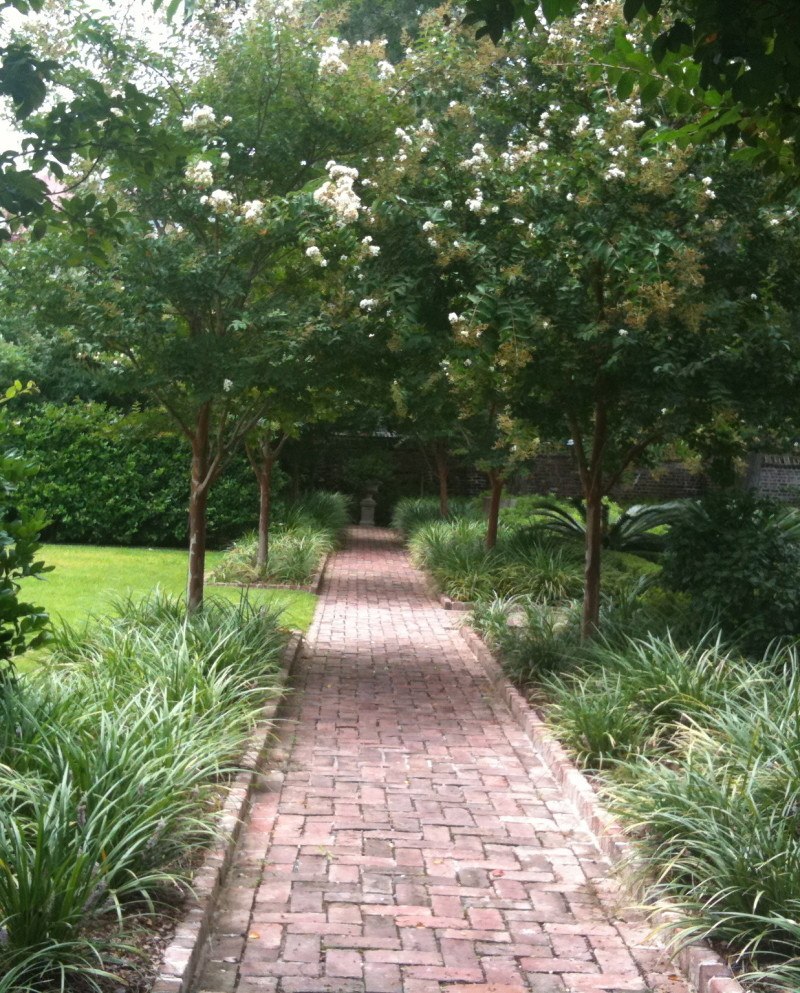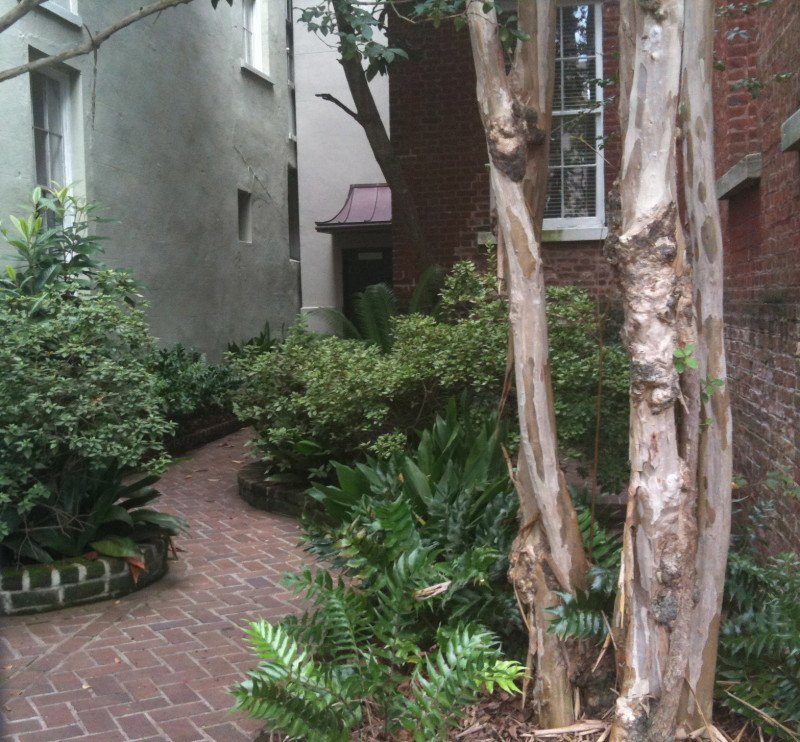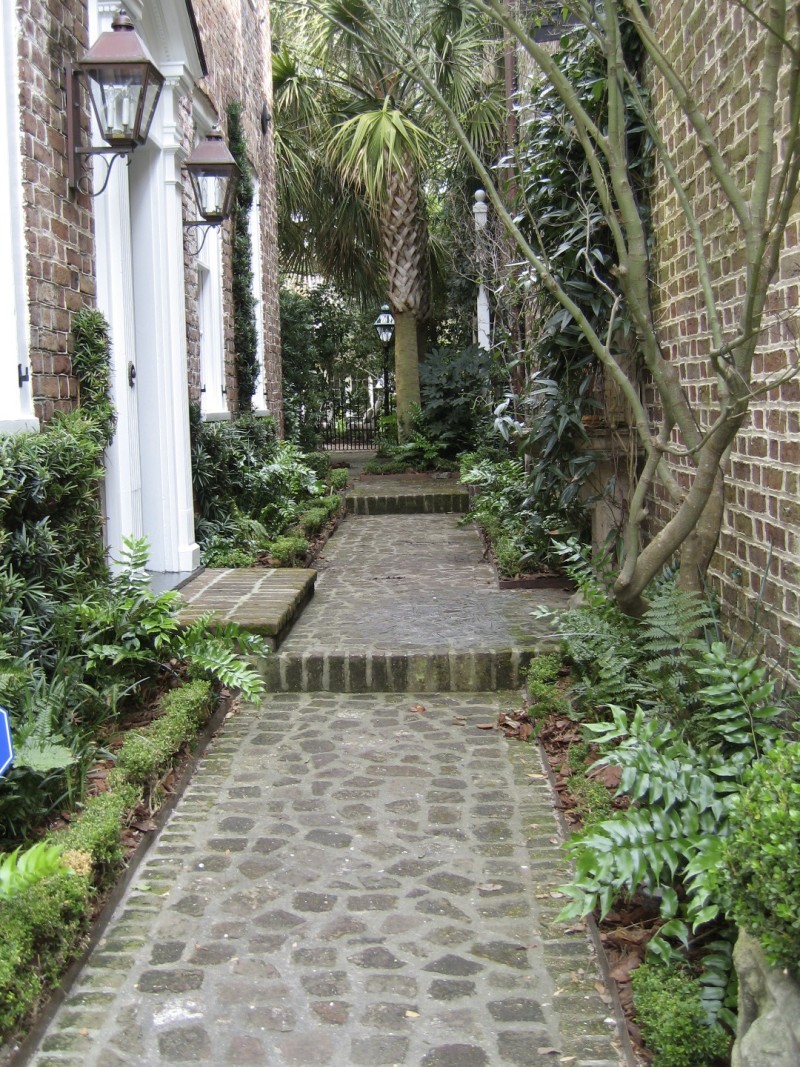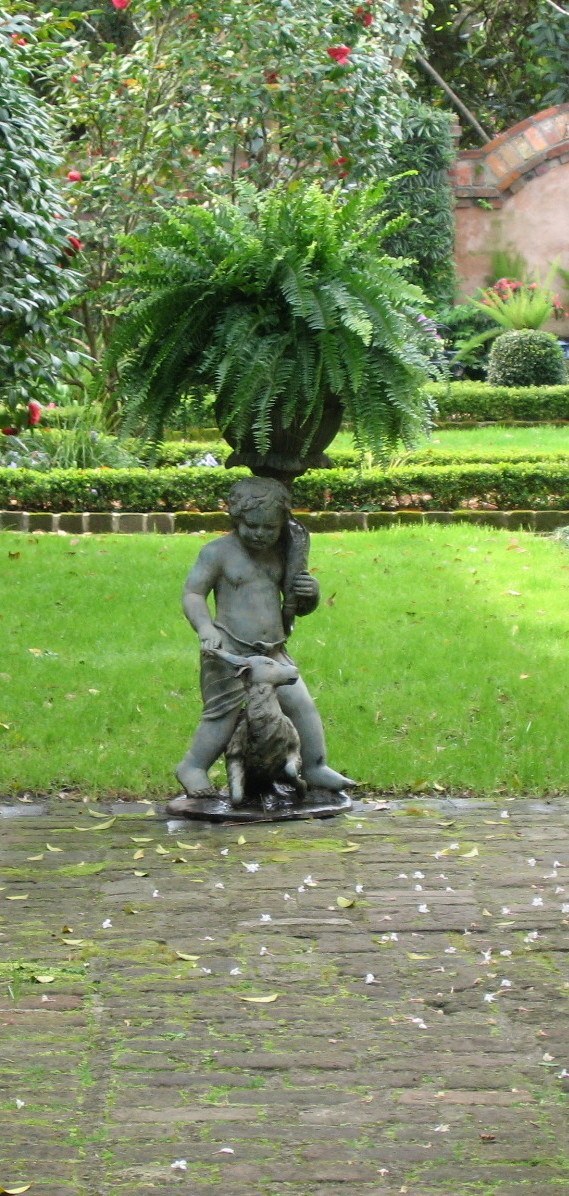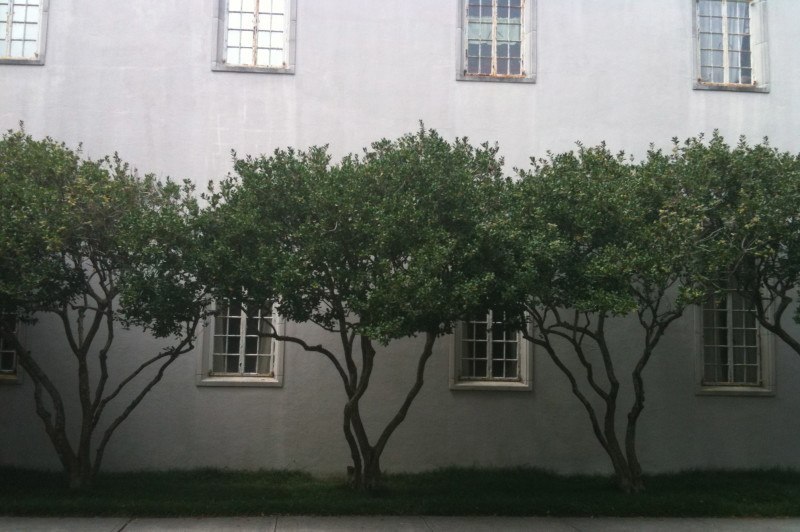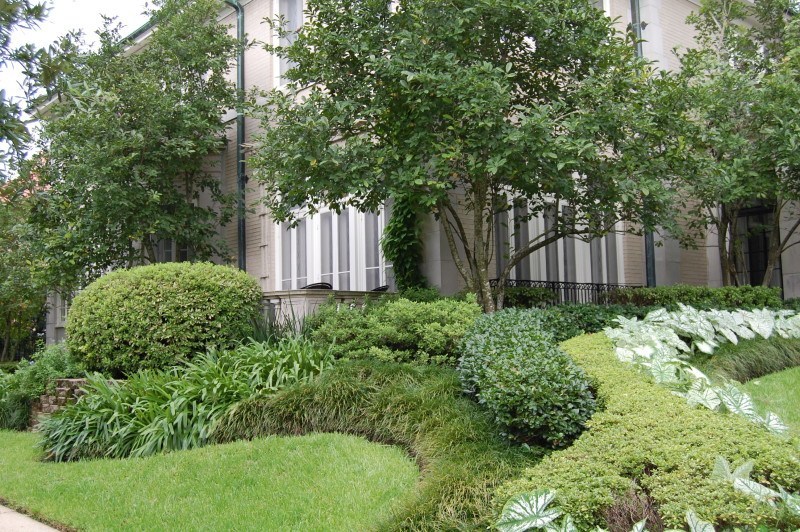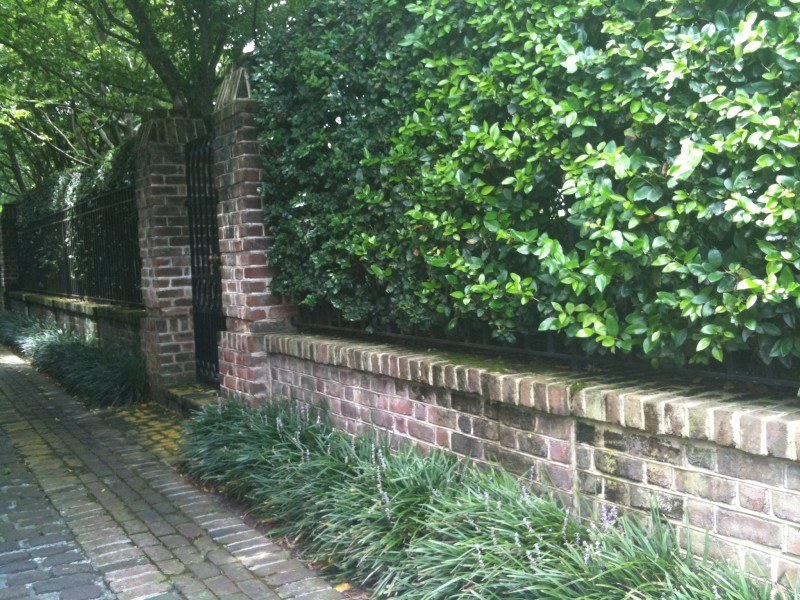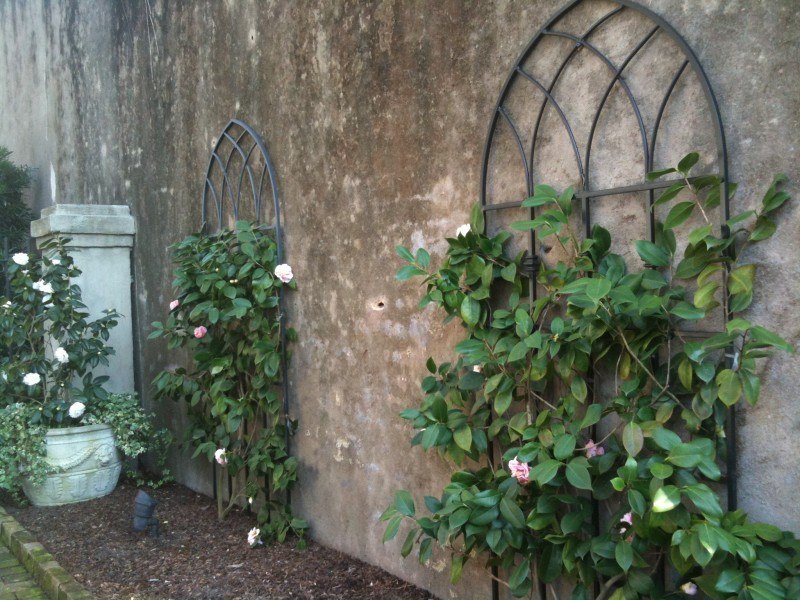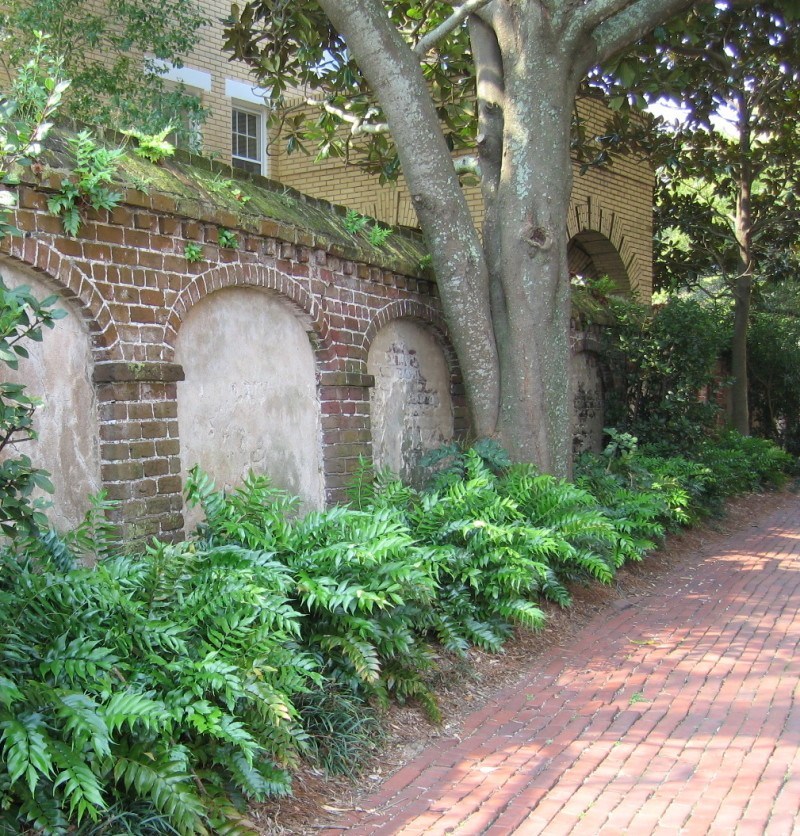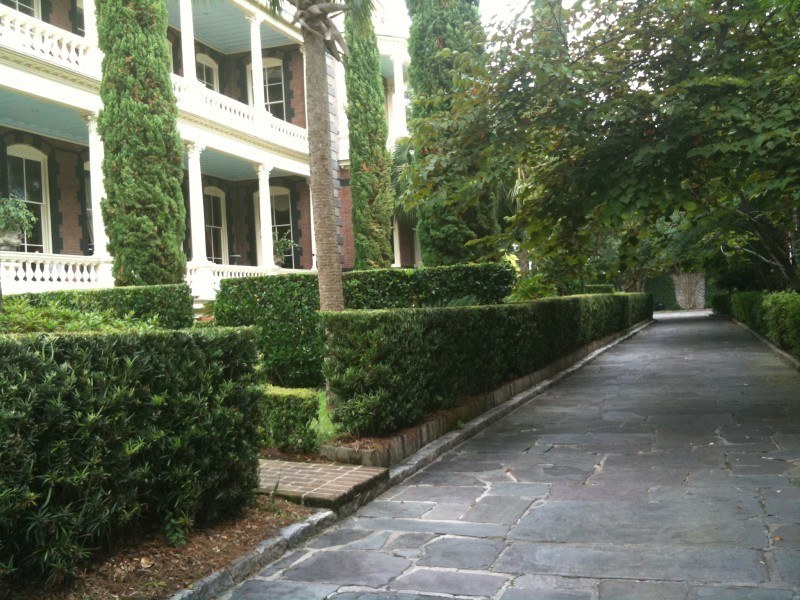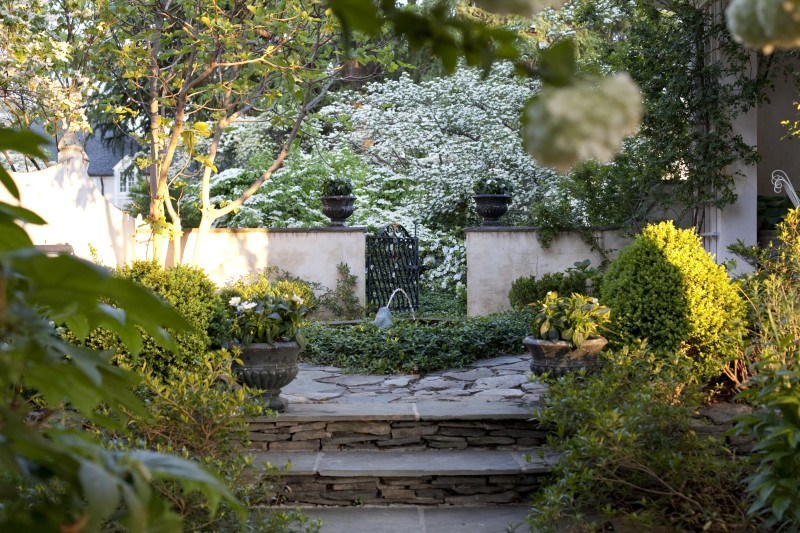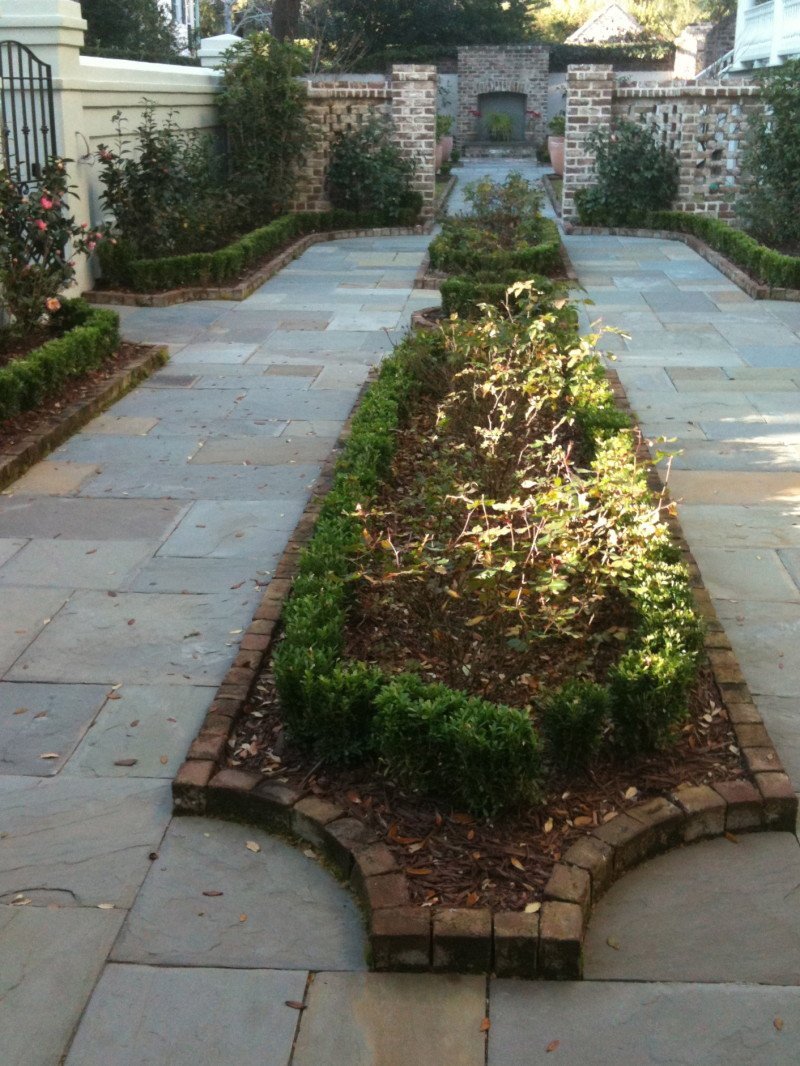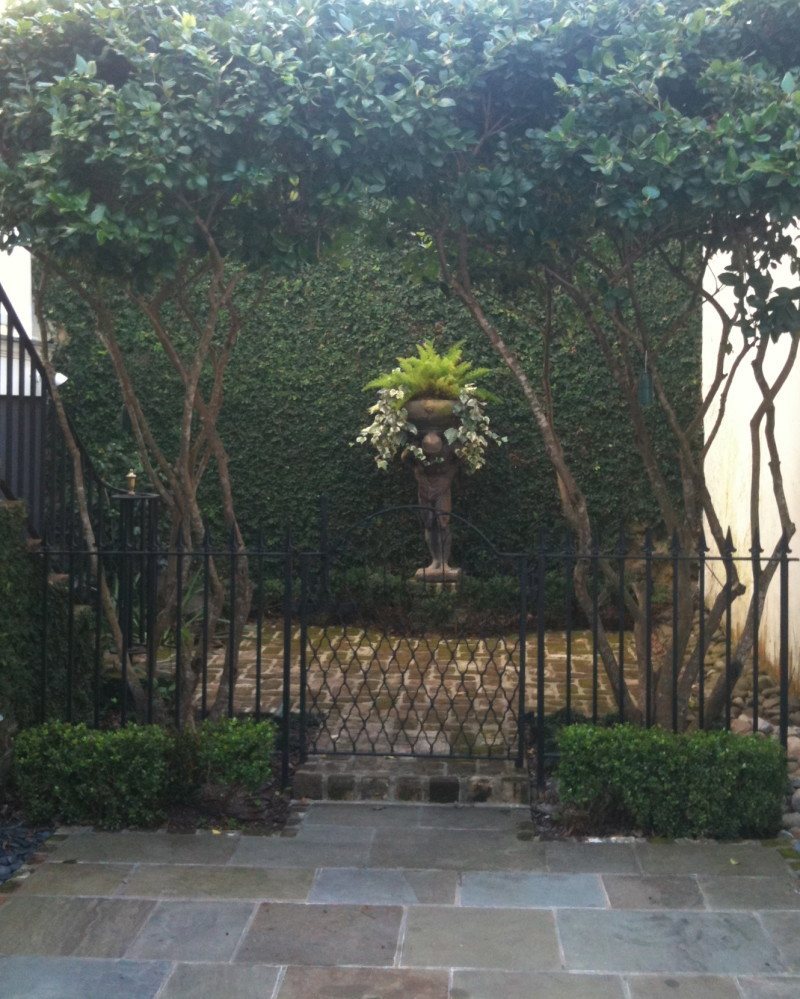CHARLESTON’S WINDOW BOXES
Can we all agree that no city does window boxes like Charleston? Whenever I visit, I prowl the neighborhoods looking for the most recent gorgeous window box plantings. The ever-expanding availability of subtropical and tropical plants in nurseries these days allows those of us in temperate zones to enjoy such exotics in our containers and gardens during the upcoming warm months. I’m hoping that these beautiful Charleston containers will provide inspiration as we enter the “annuals” season. I apologize in advance that I can’t identify all the plants used in these containers, but I’m giving it a shot!
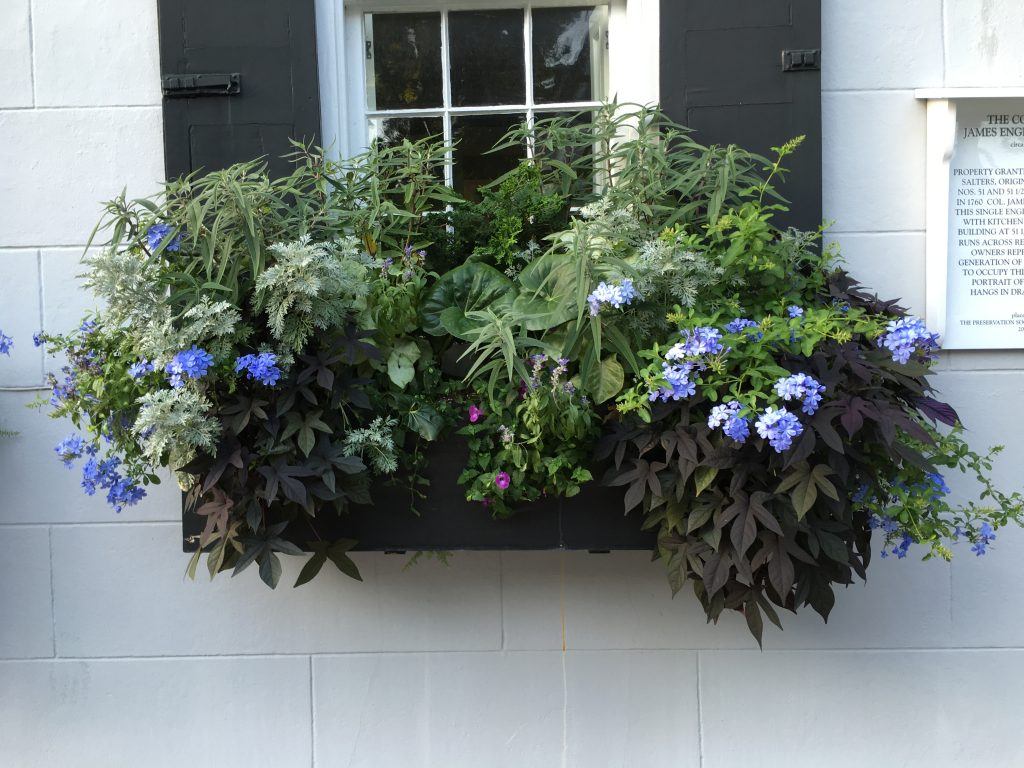
This cool-toned box features plumbago, dusty miller, solanum, ligularia, and “Blackie” sweet potato vine.
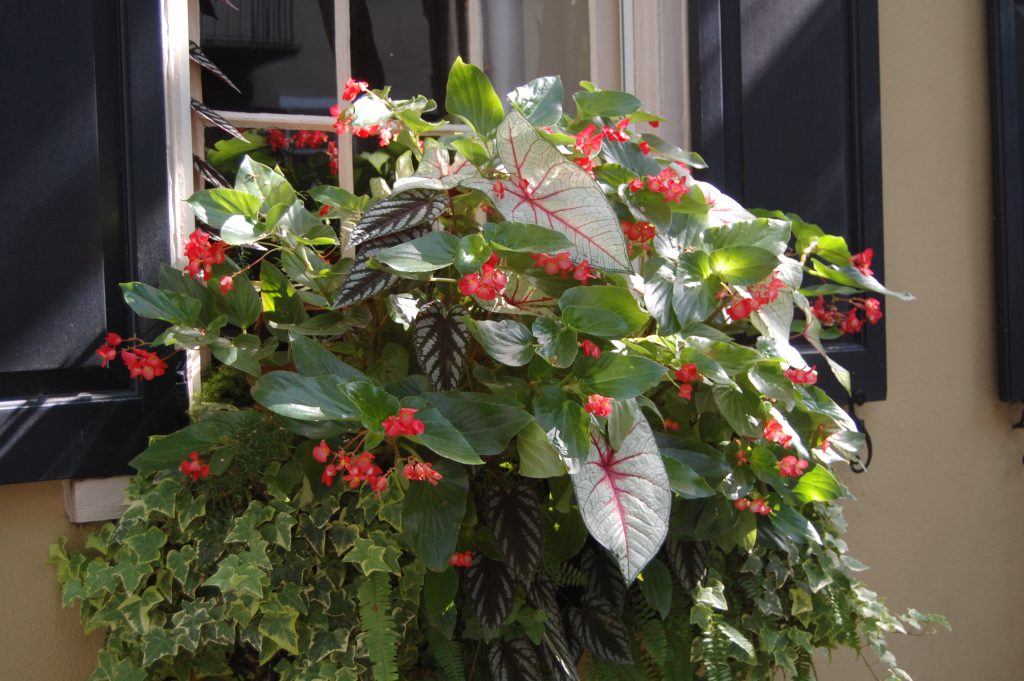
From cool to hot — The red bloom of the begonia is repeated in the veining of the caladiums, with variegated ivy tying it all together.
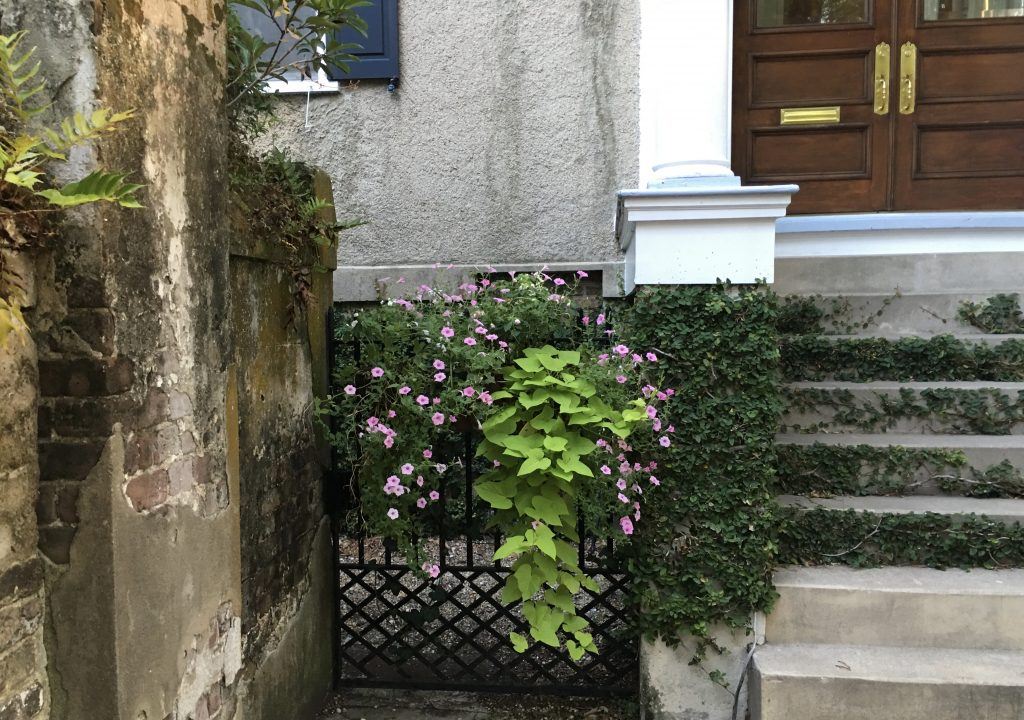
Imagine this streetscape without the creeping fig on the steps and the simple window box (with sweet potato vine and calibrachoa) on the gate. It would be stark indeed.
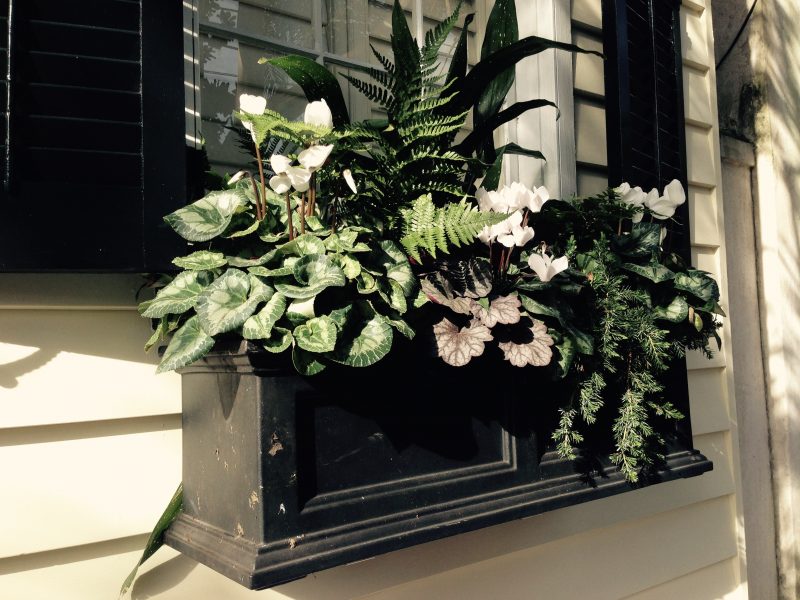
The variegated cyclamen and heuchera foliage in the picture above complement the dark shutters and window box. The spilling conifer and fern add to the dark mood.
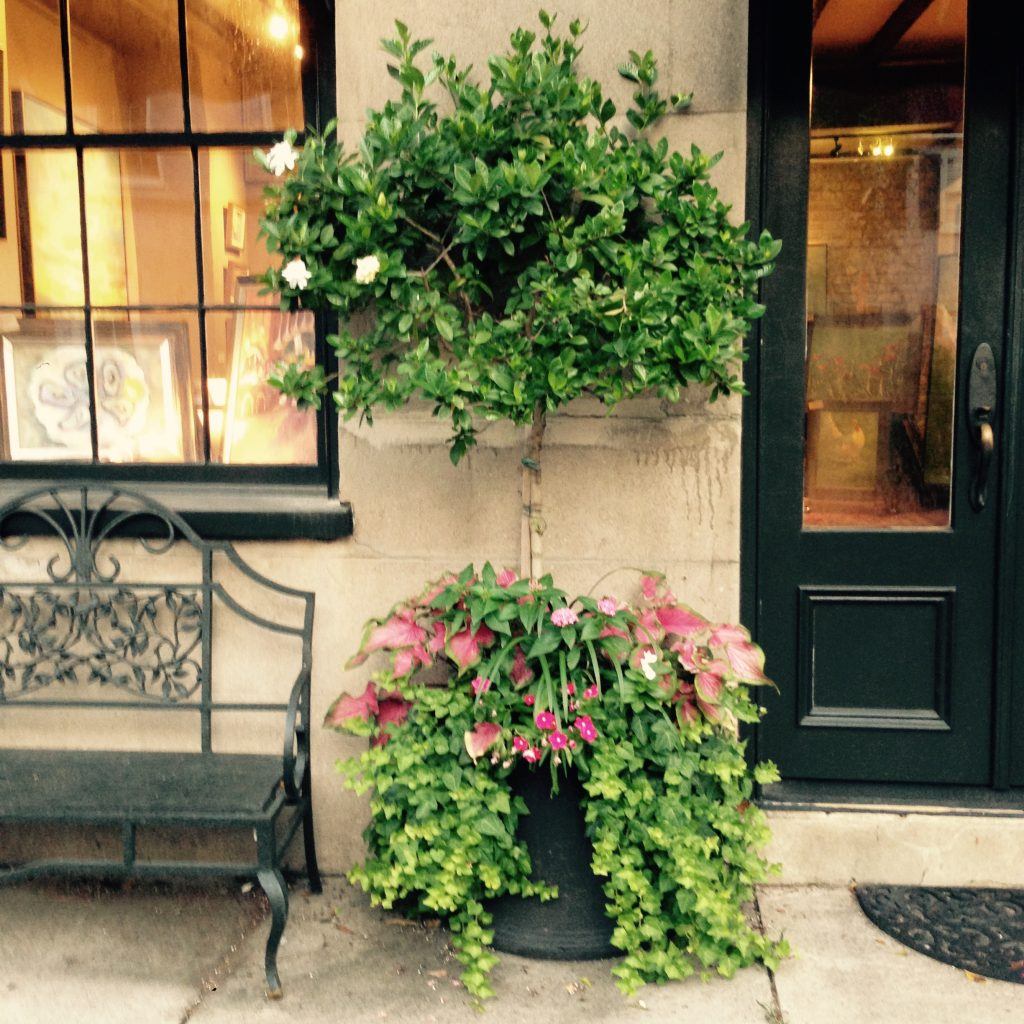
This standard Gardenia is set off nicely by the base annual and ivy plantings.
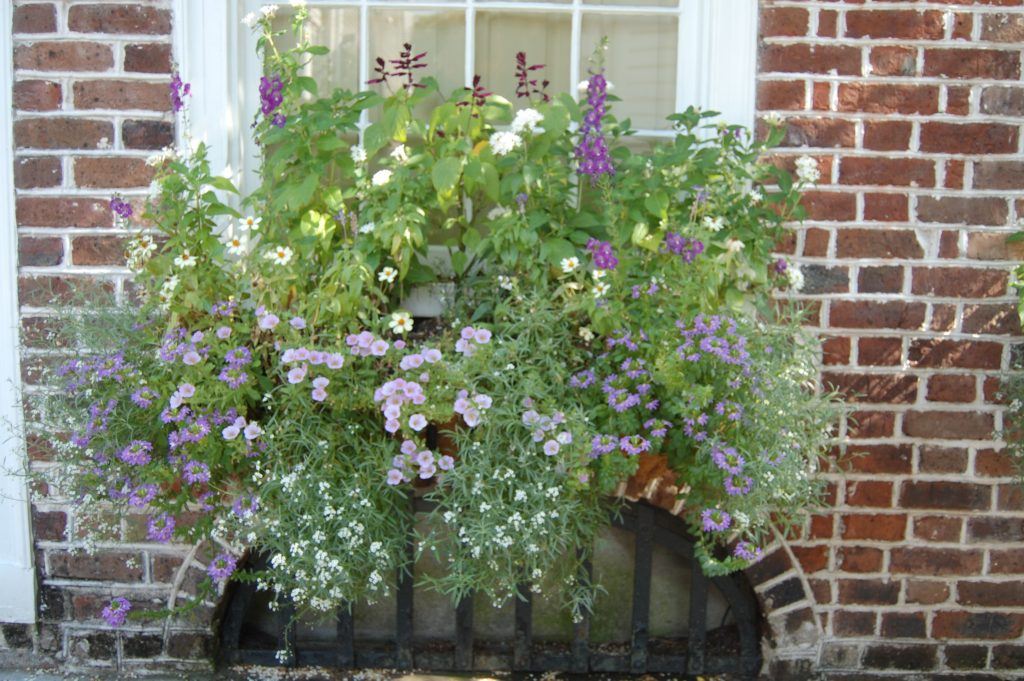
All the window boxes, with the exception of the one above and below, are mounted on a neutral background. Brick foundation is a bit more challenging, but these boxes pull it off, I think. Above is a soft range of blues and whites, including salvia, sweet alyssum, scaevola, petunia, and maybe some angelonia.
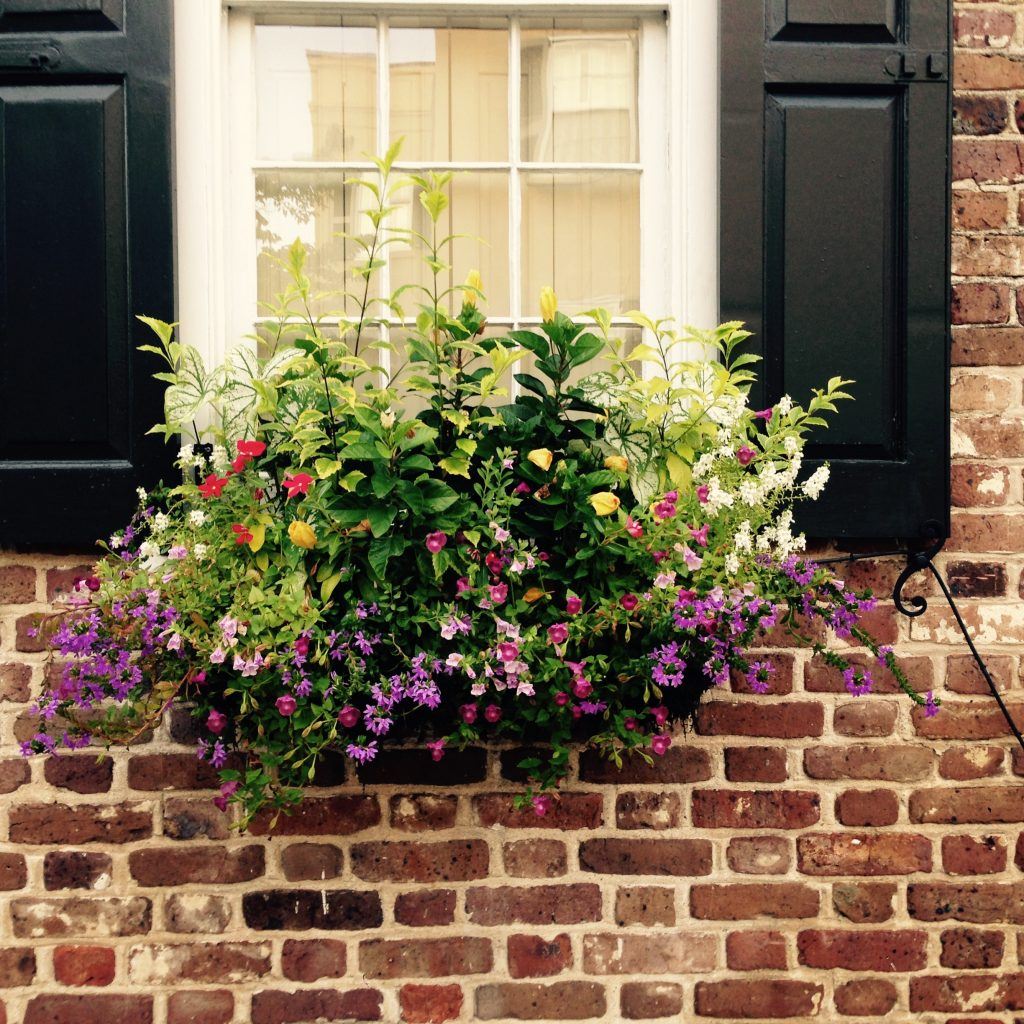
A livelier palette works against this brick foundation. I spy angelonia, calibrachoa, scaevola, solanum, salvia, hibiscus, and caladiums, among other plants.
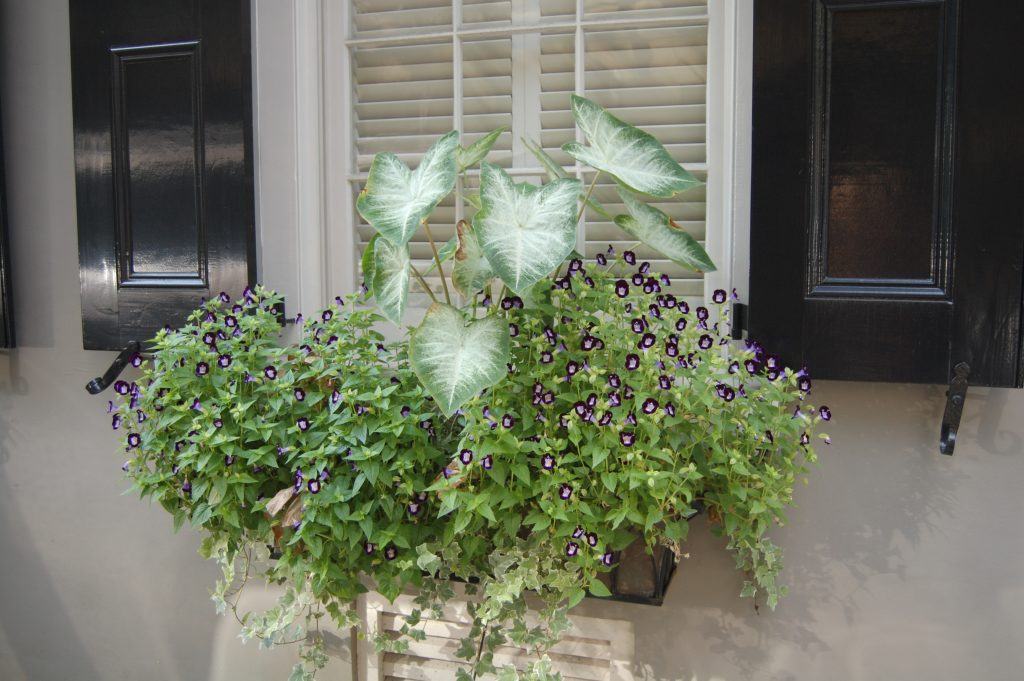
A simple but effective combination of caladiums, ivy and . . .
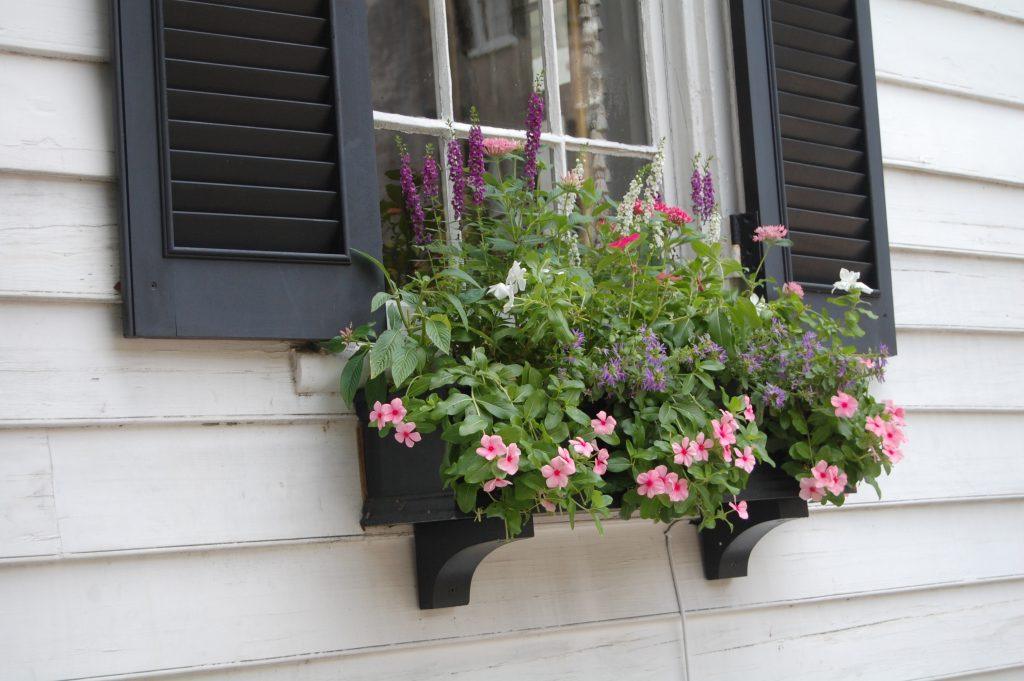
Note the ingenious watering mechanism in this window box (above and below). The cord feeding the box is painted black when against the box, white against the clapboard, then black again as it snakes behind the lattice at the base toward its water source.
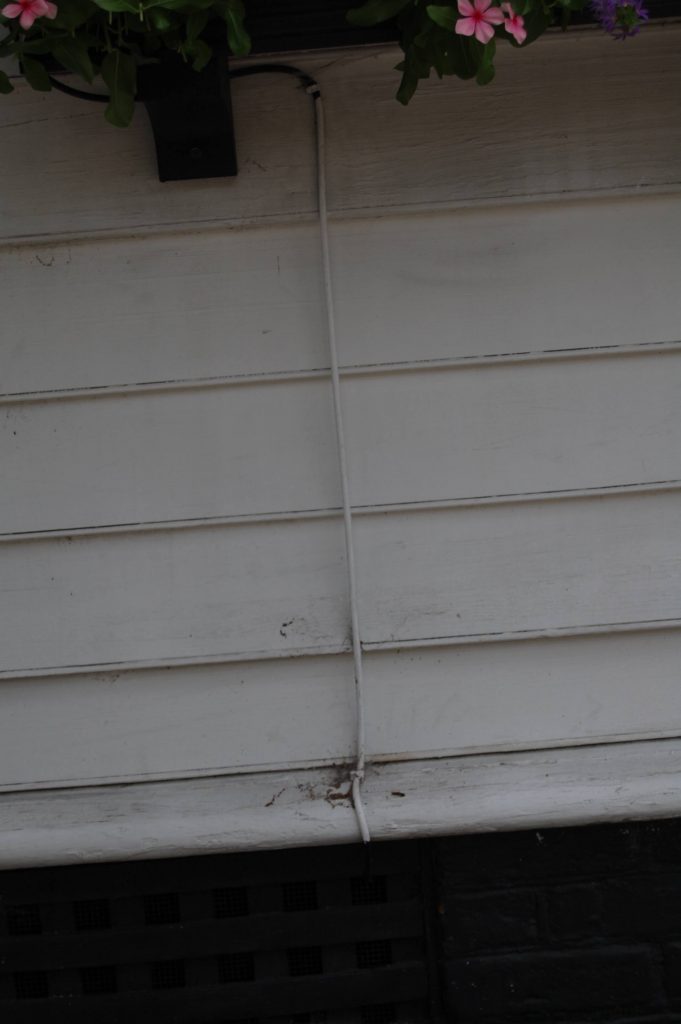
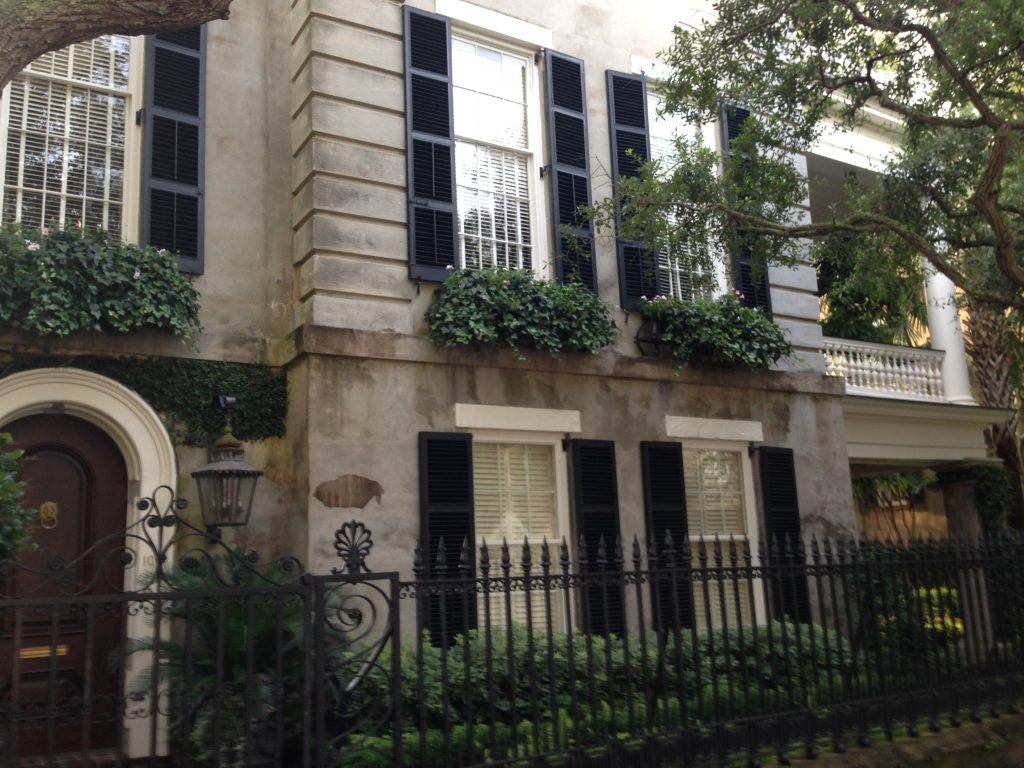
The window boxes above and below take their cue from the elegant architecture. No need to compete here with a riot of color. Plenty of green, with a hint of color, complements the sophisticated facade.
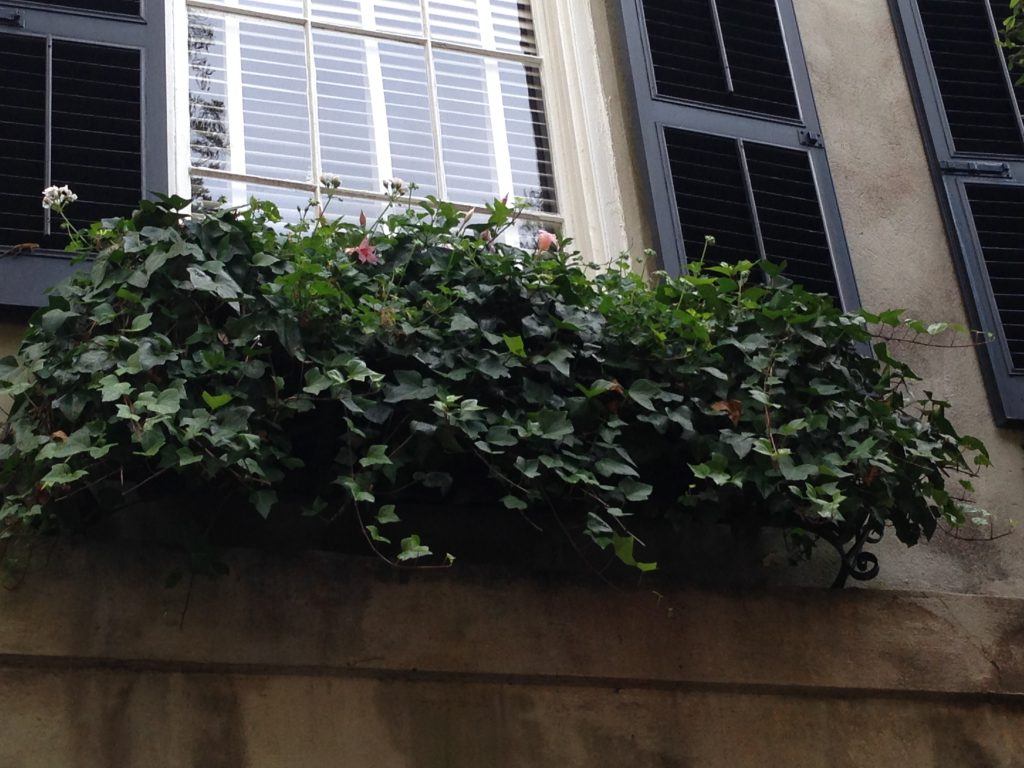
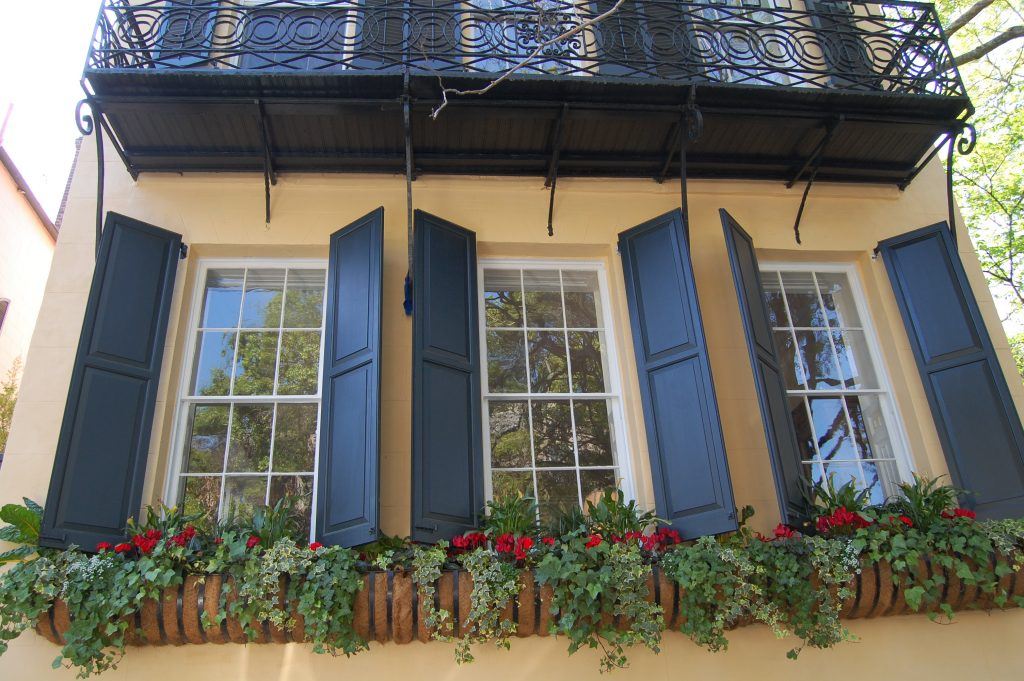
I love the one mega-box spanning the three windows — a Mediterranean feel.

The final three photos are of one residence in three different years. The plant palette takes full advantage of the home’s gray shades. Above, begonia, fern, setcreasea ‘Purple Queen’ and caldium, among other plants, spill out of the box.
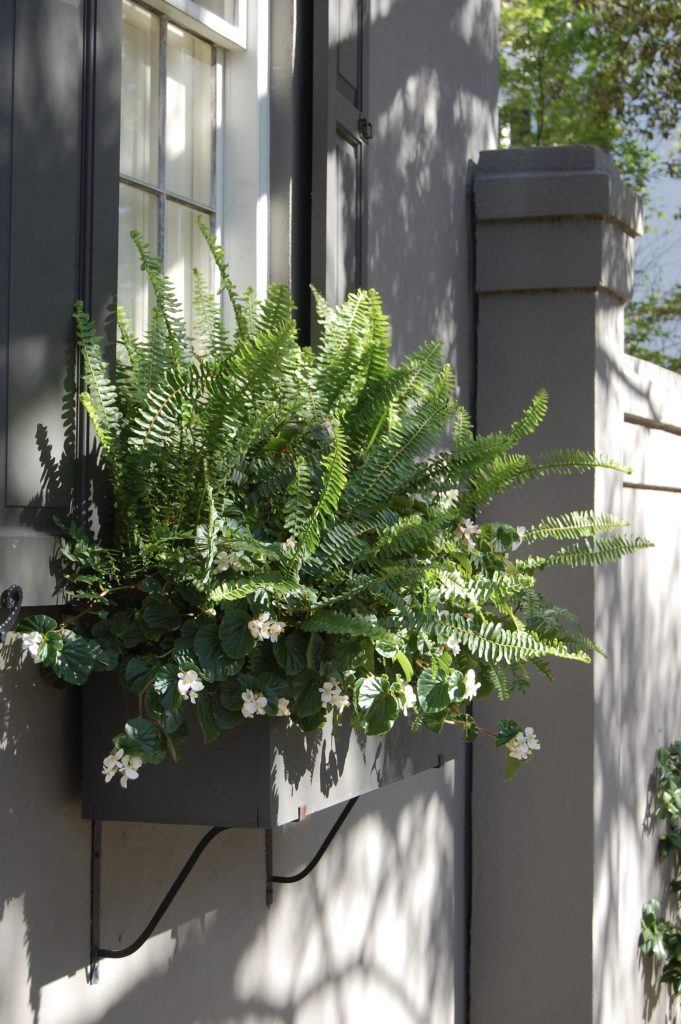
This is so simple, but so effective — white begonias and Kimberly fern.
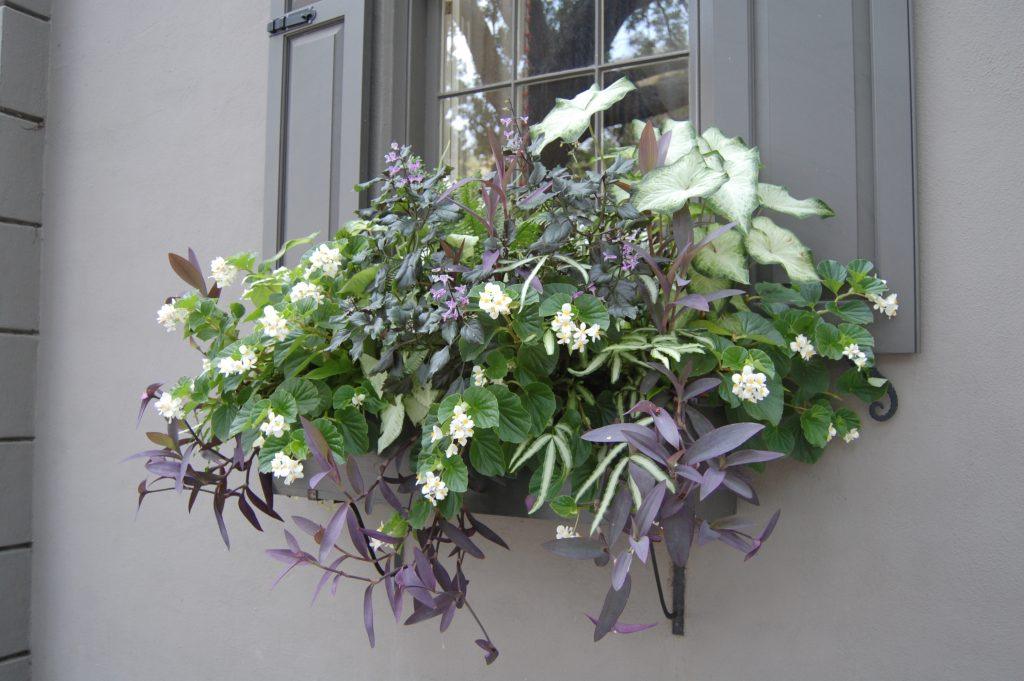 This year, the box uses succesful plants of the past, then adds Mona Lavender (Plectranthus).
This year, the box uses succesful plants of the past, then adds Mona Lavender (Plectranthus).
Frost date in Richmond has passed. It’s time to start creating your own masterpieces!
[custom-related-posts title=”Related Posts” none_text=”None found” order_by=”title” order=”ASC”]



